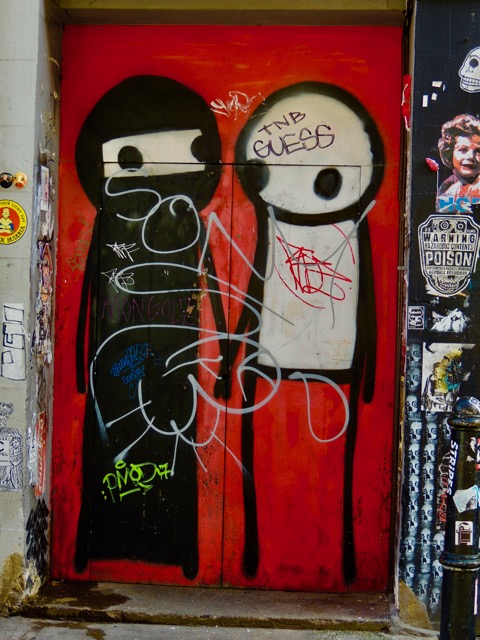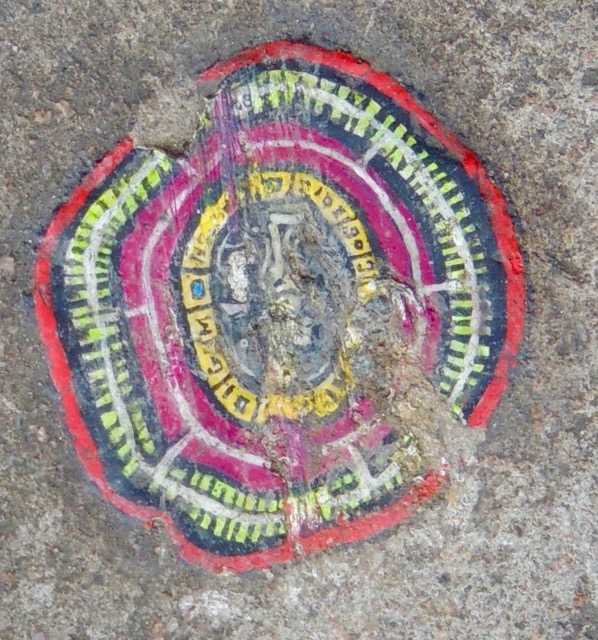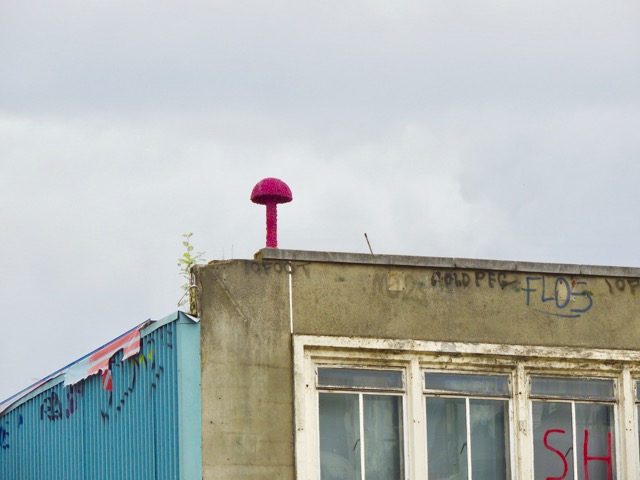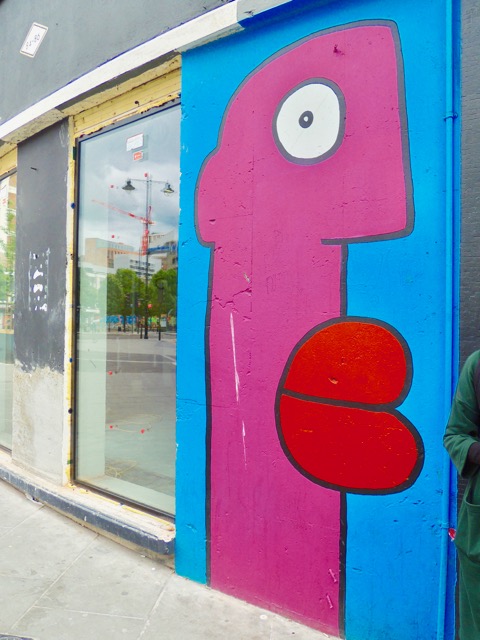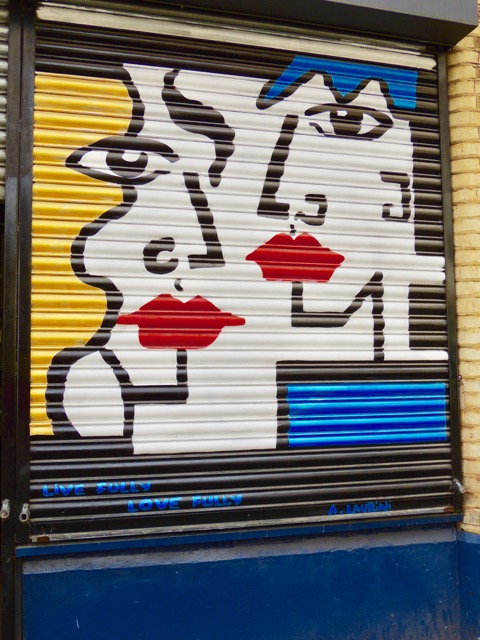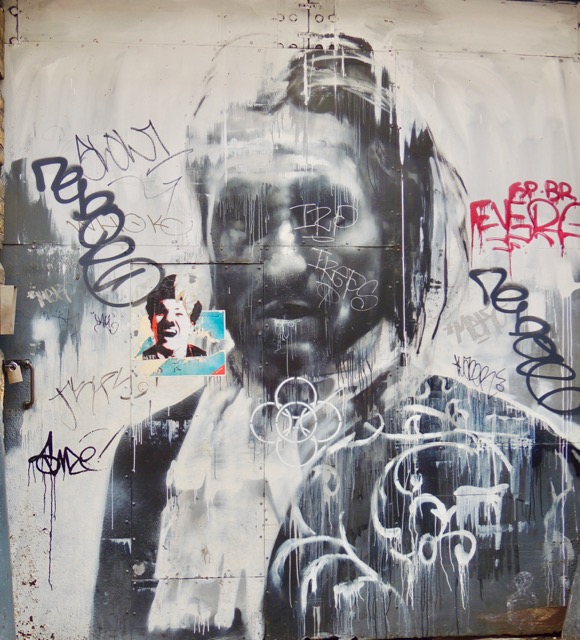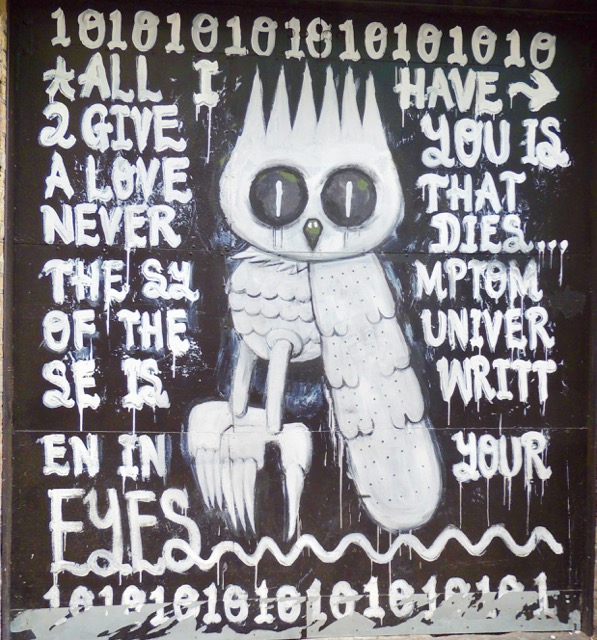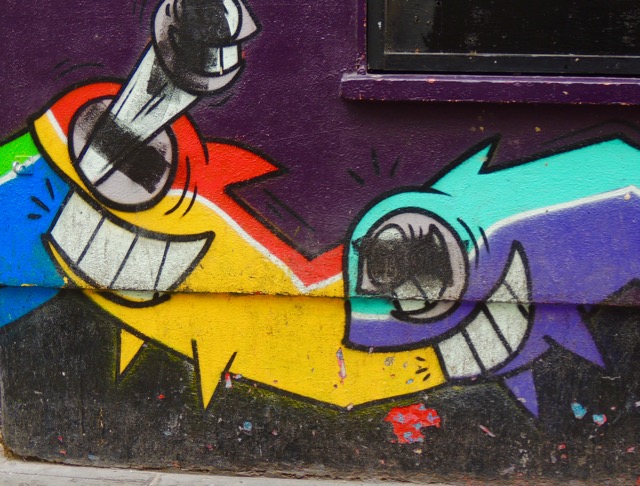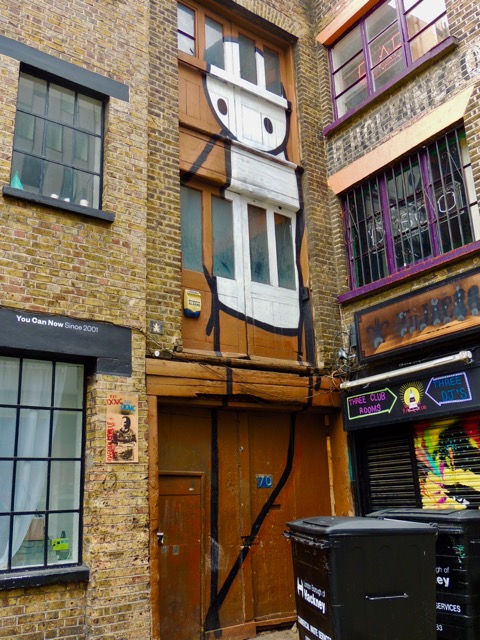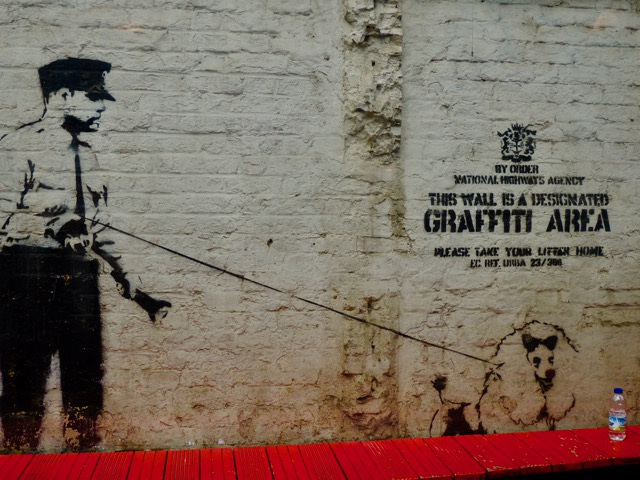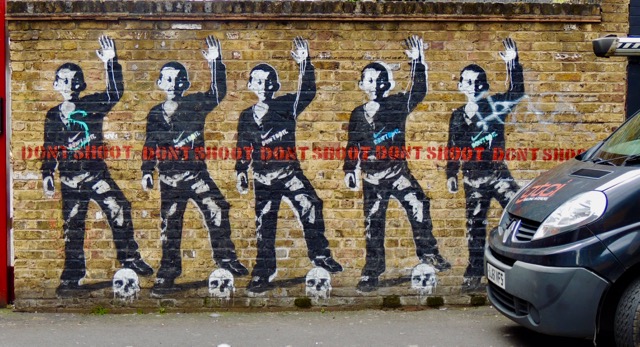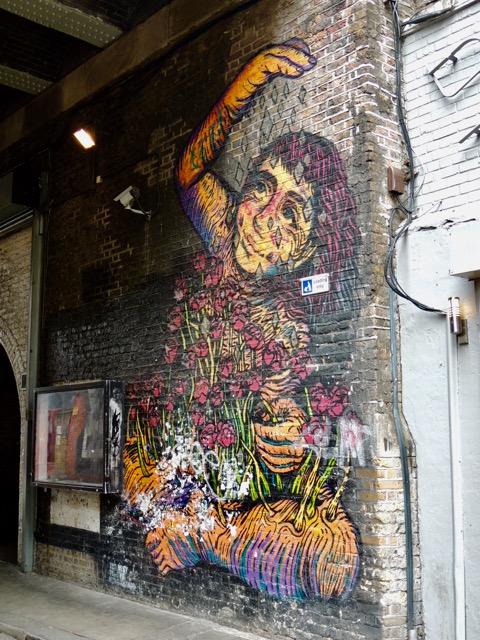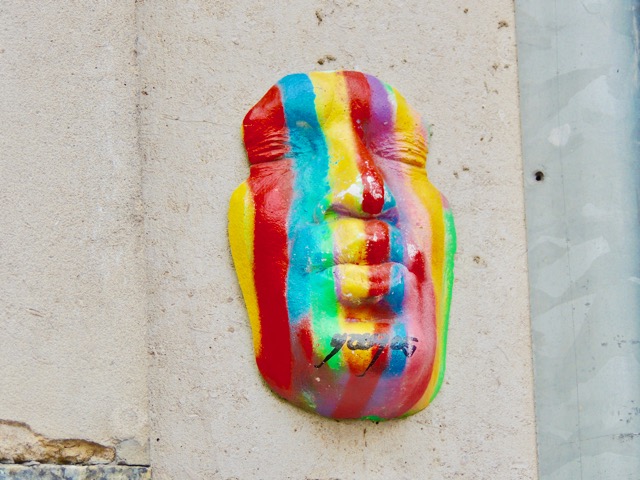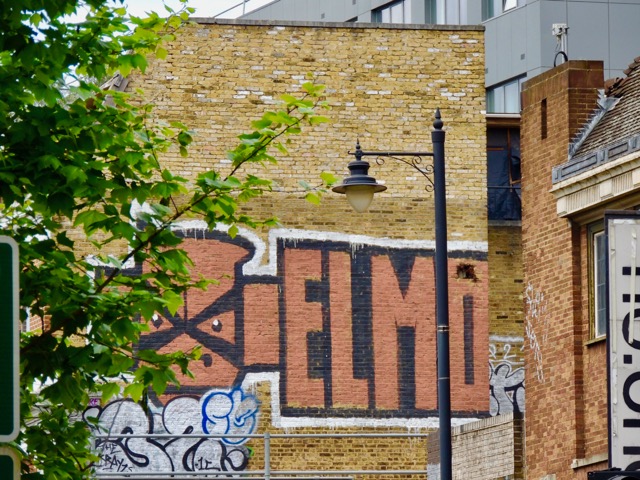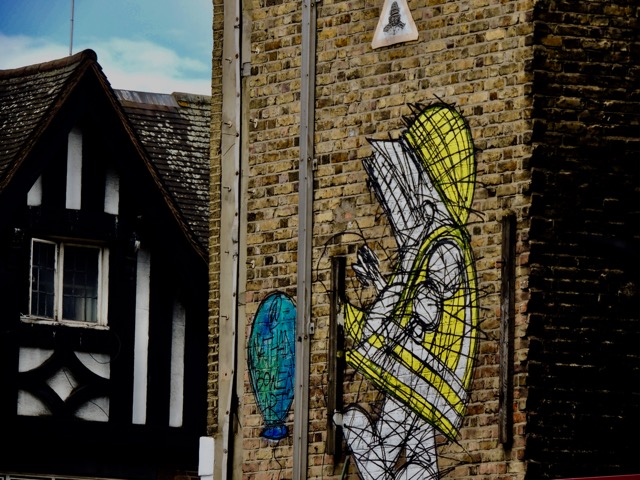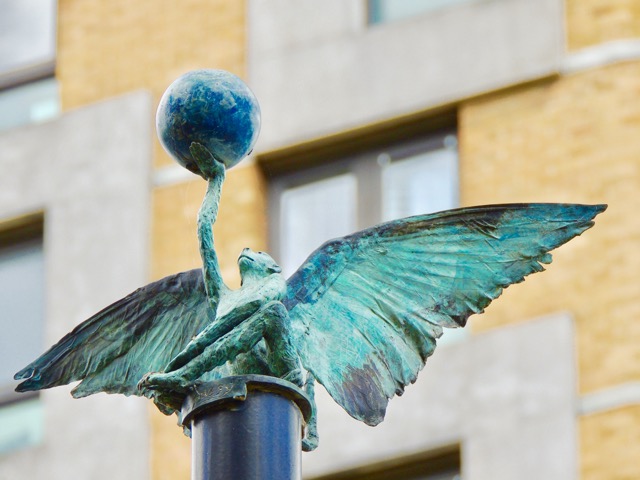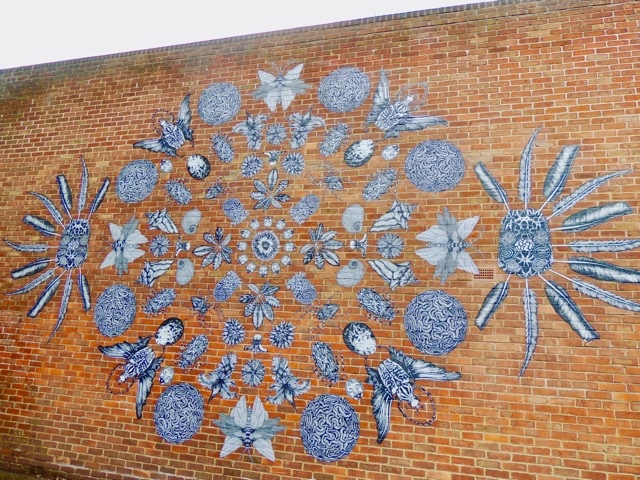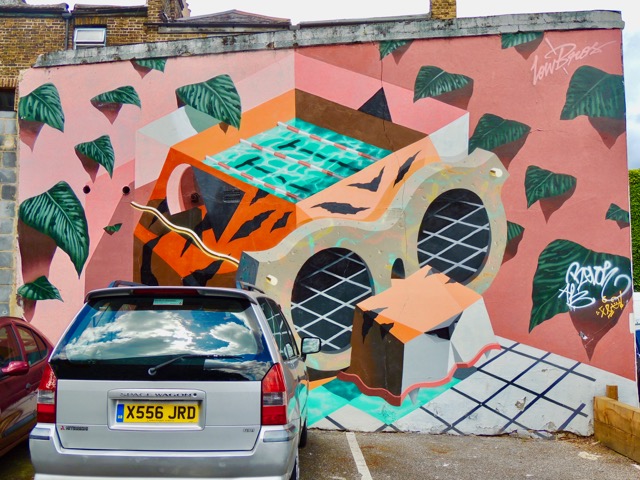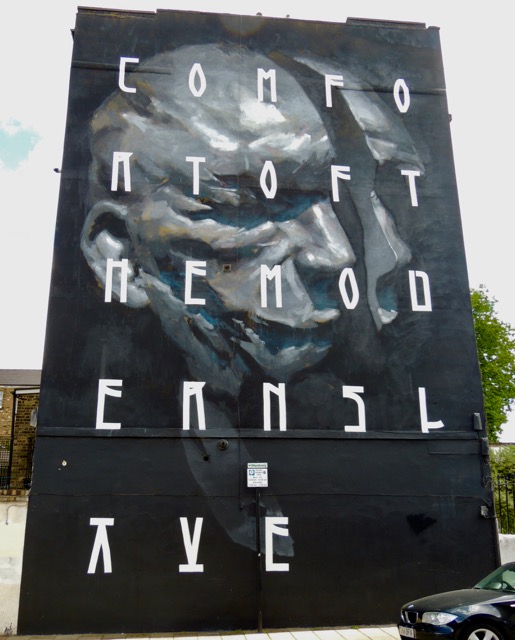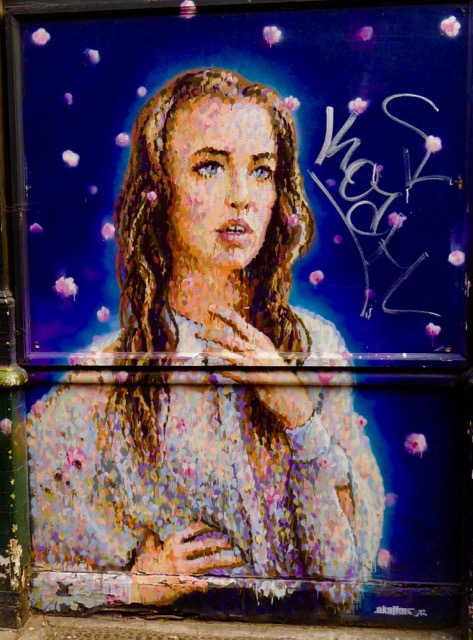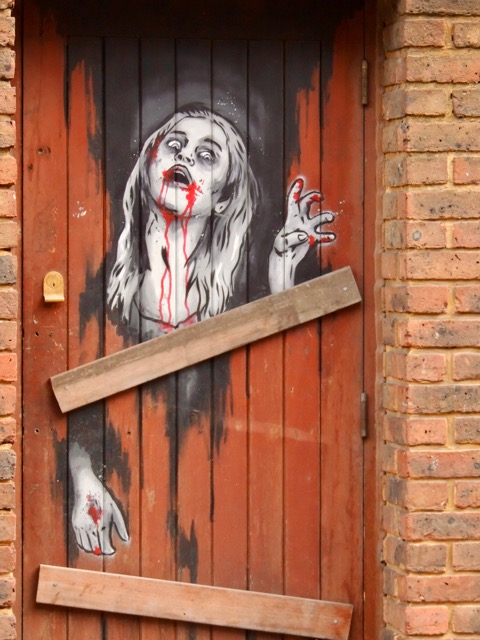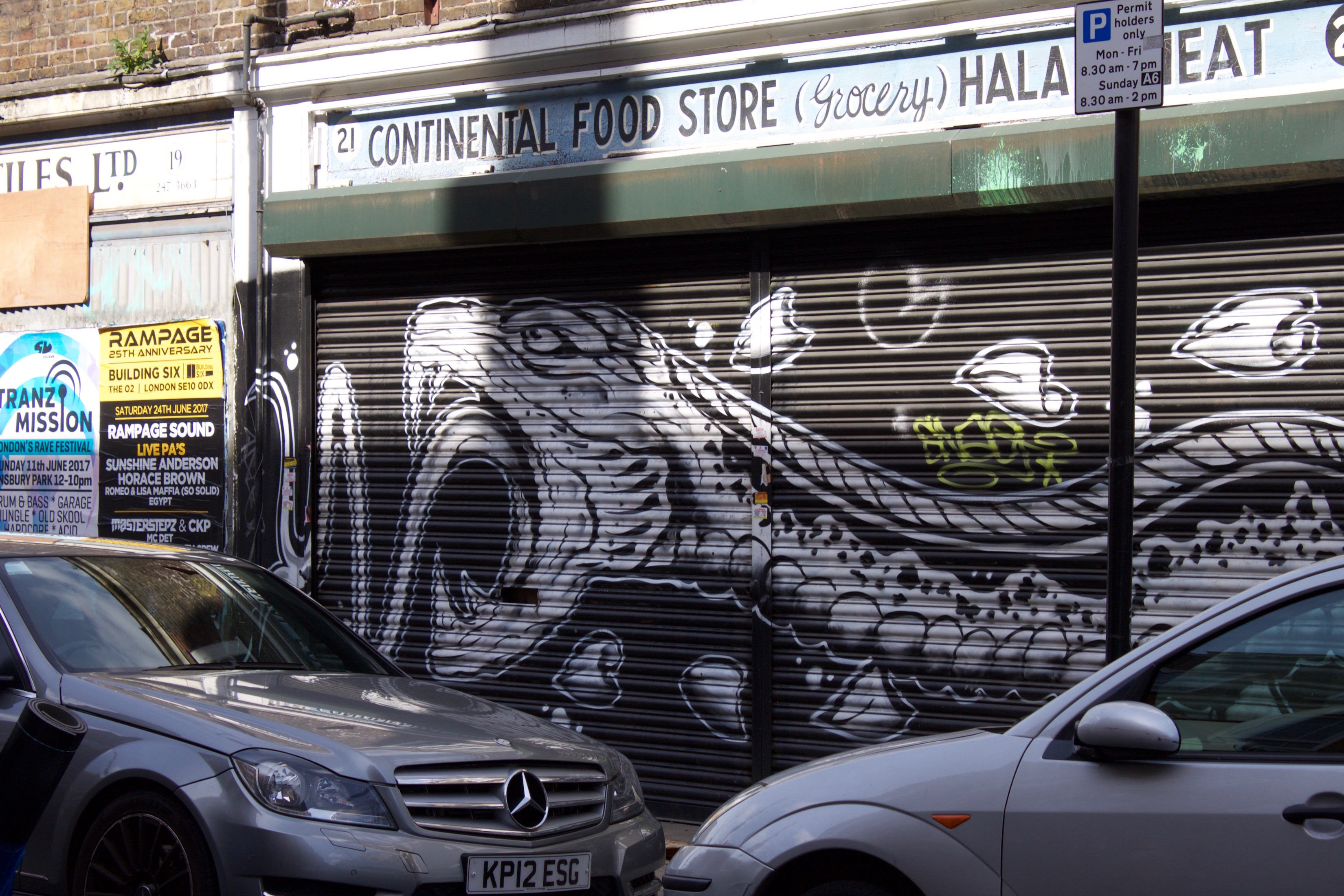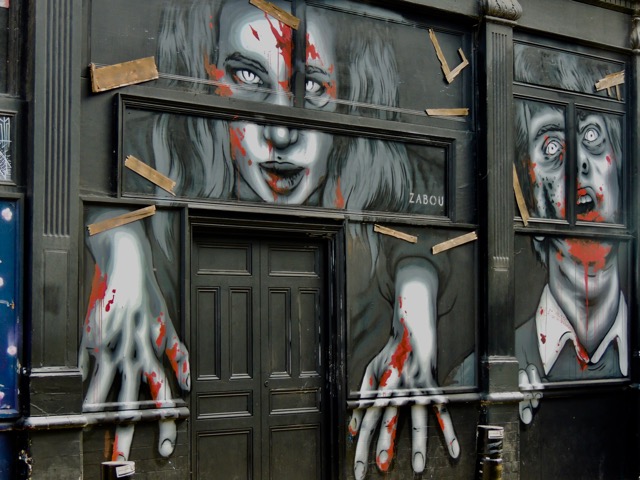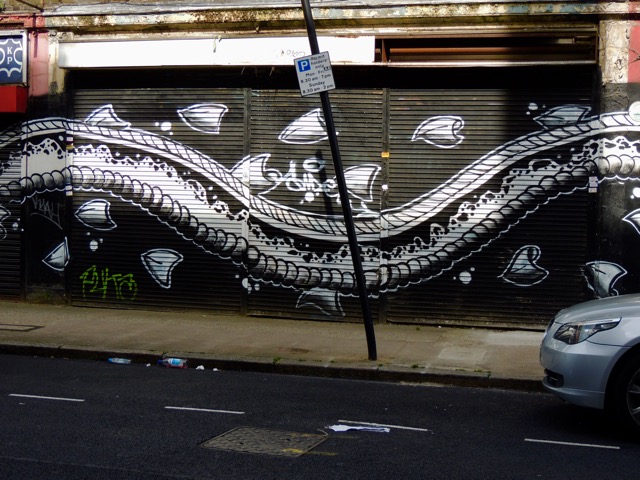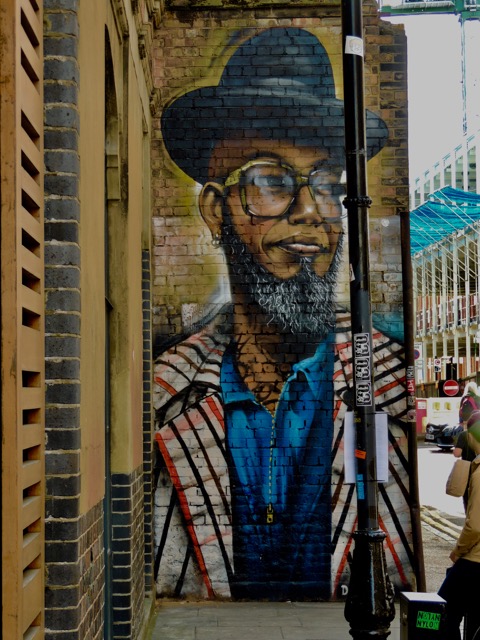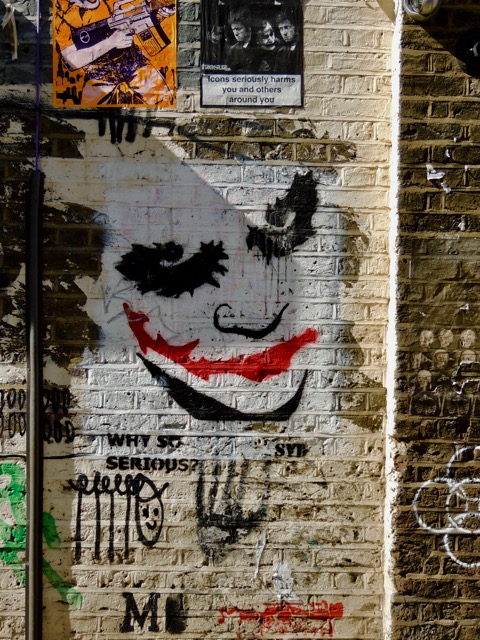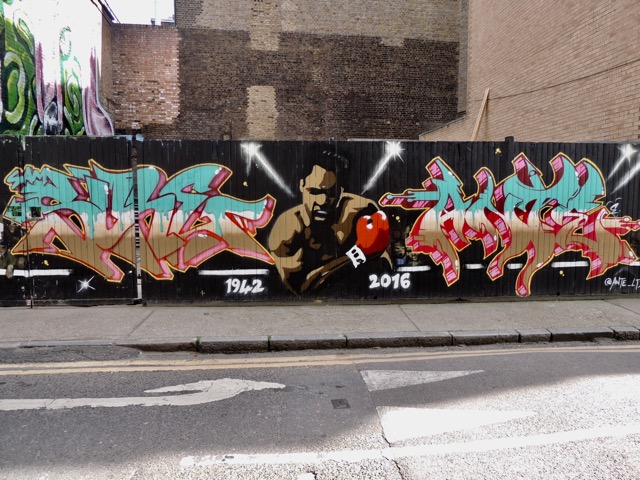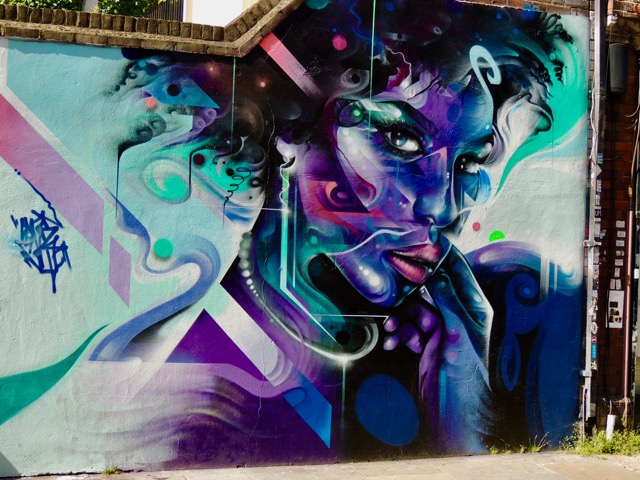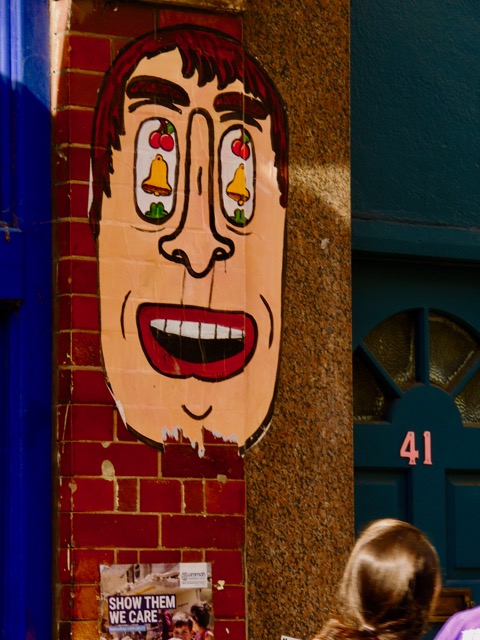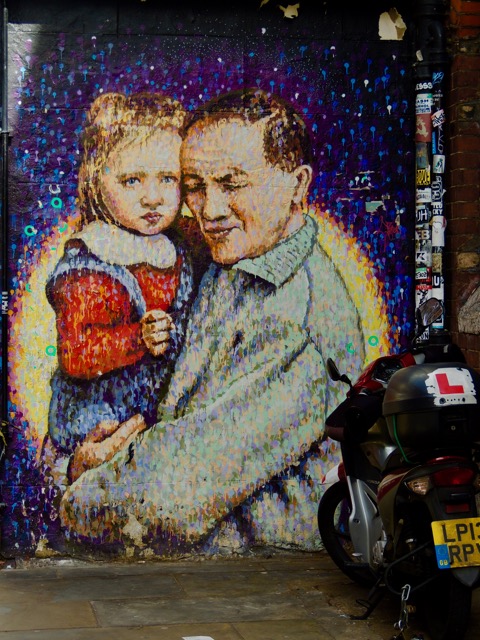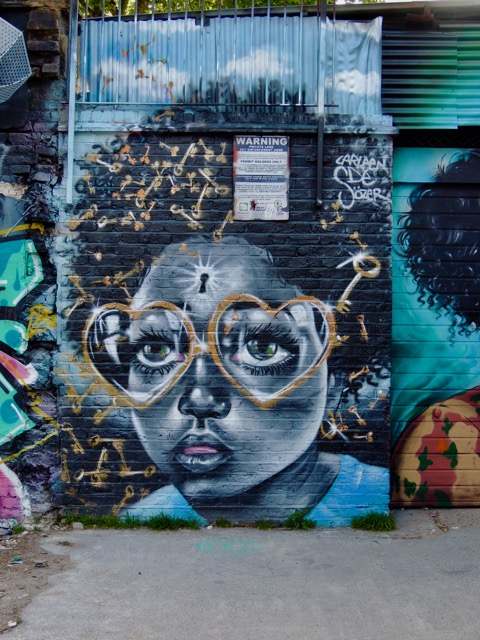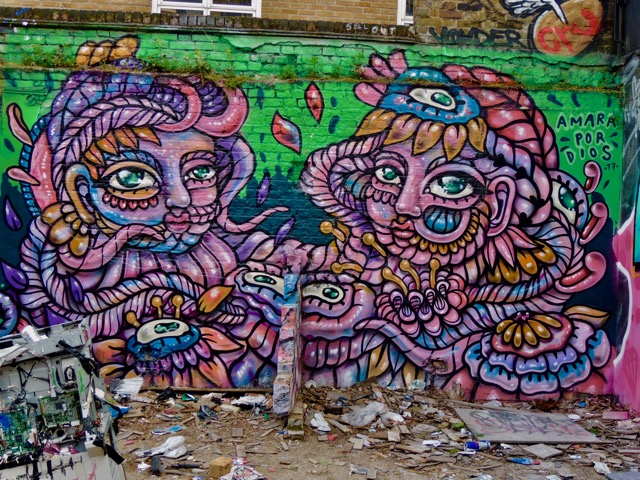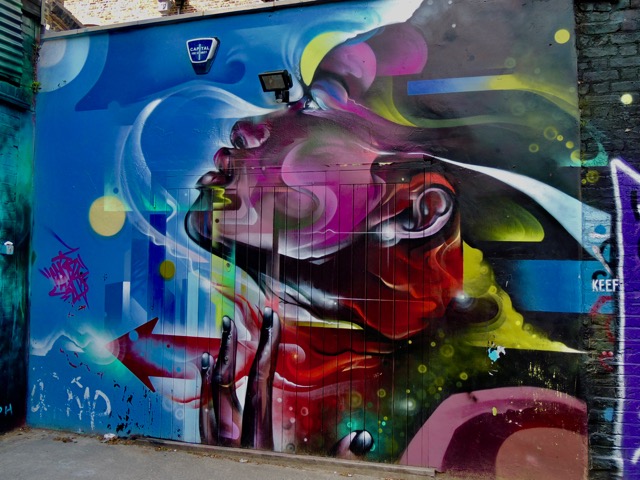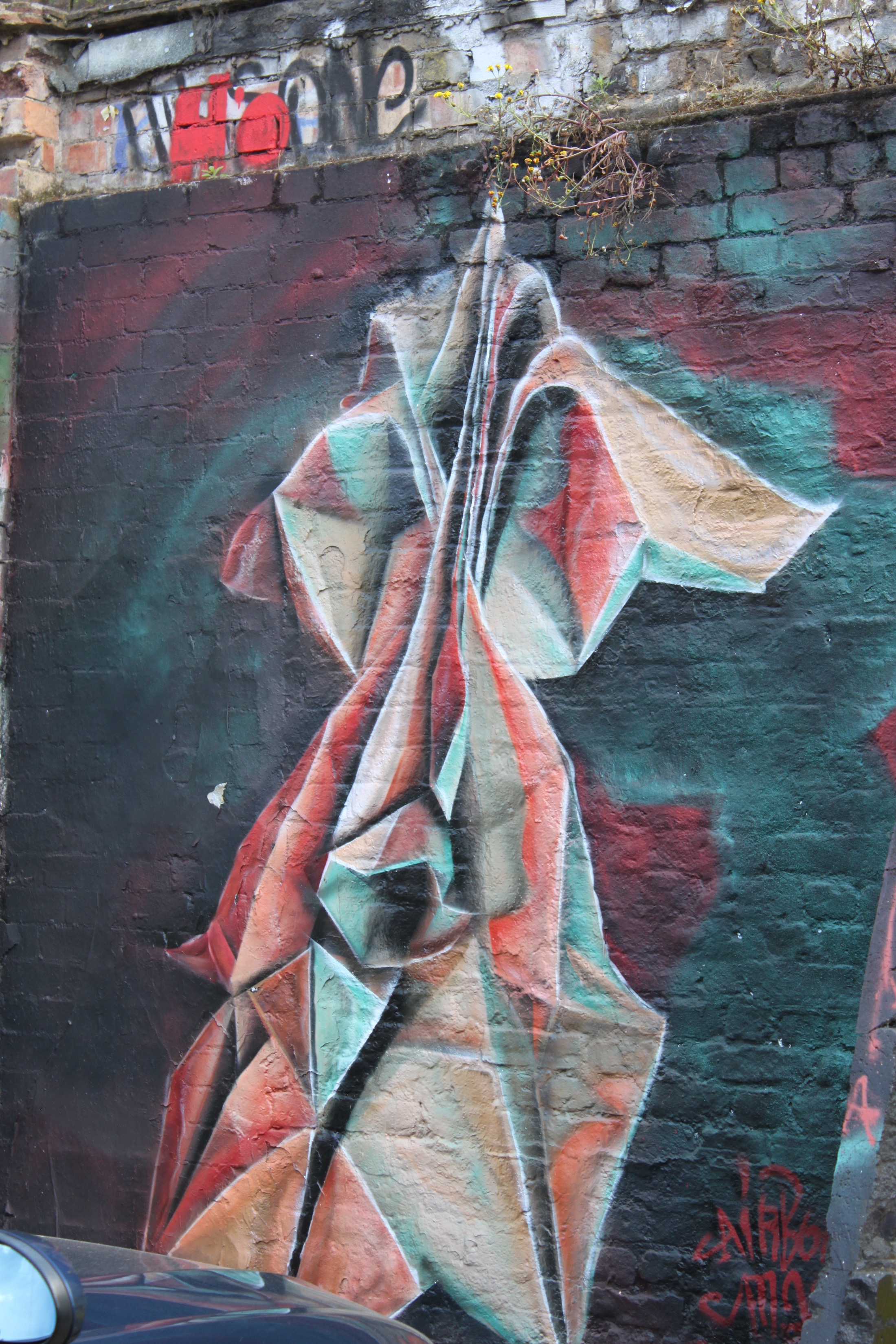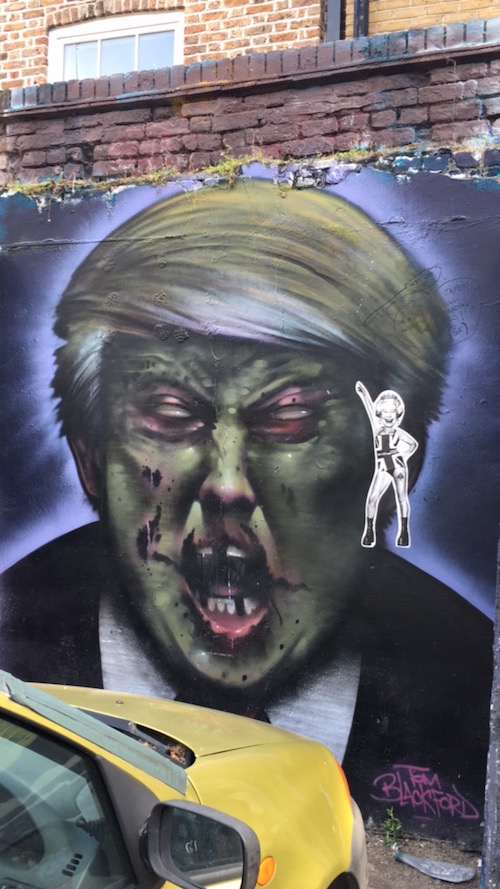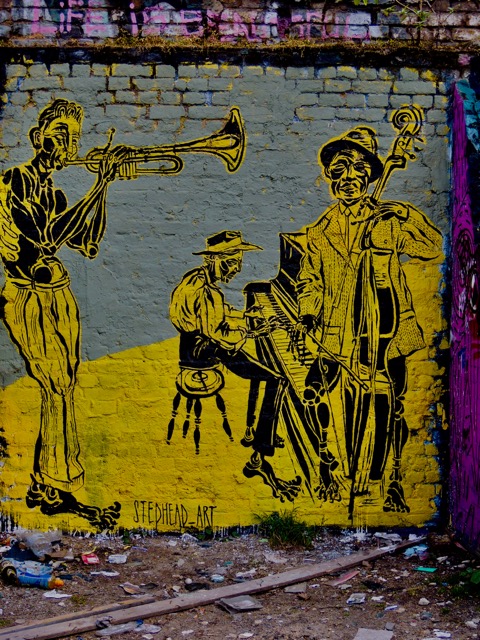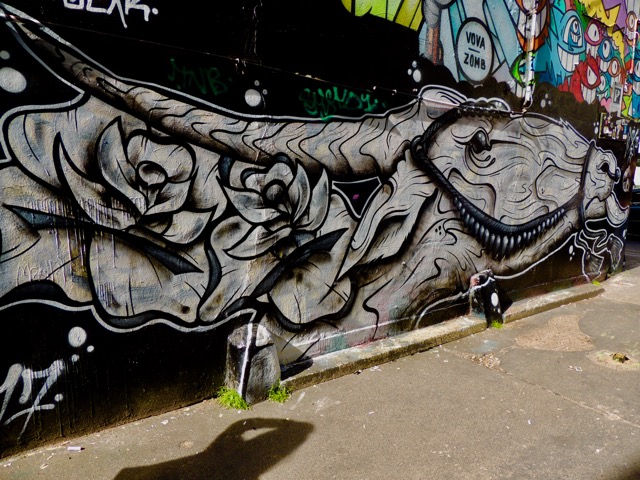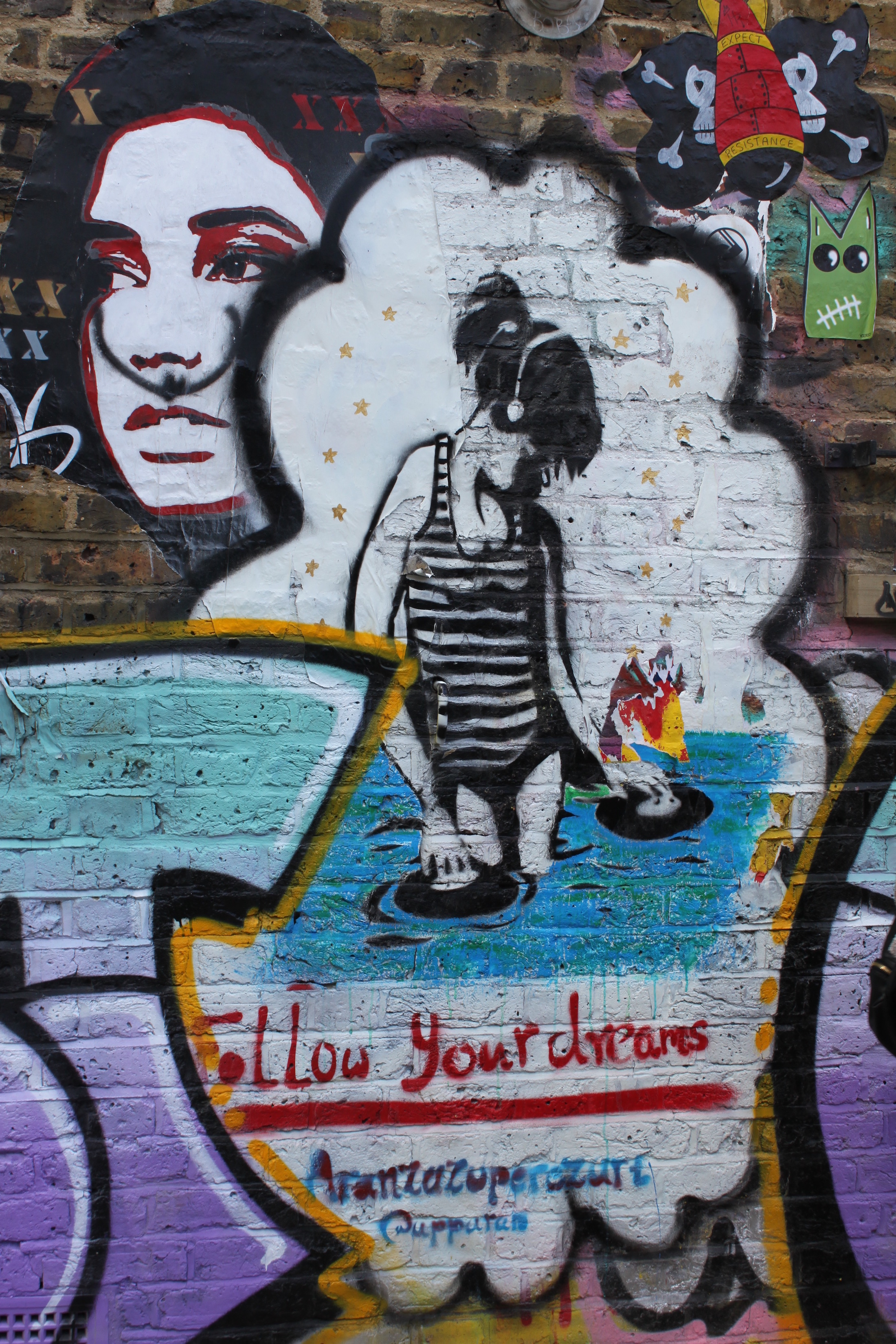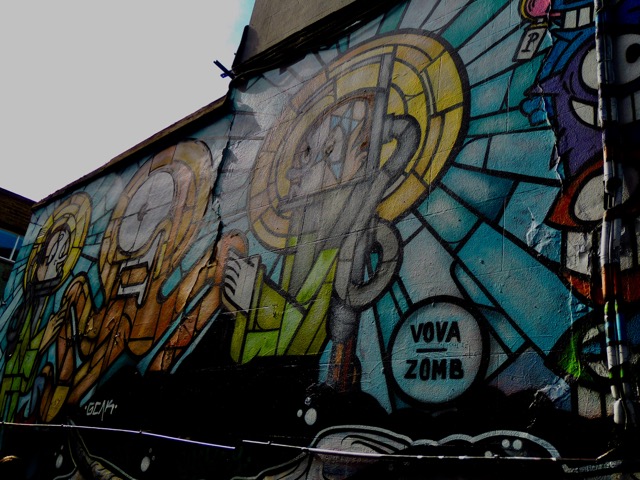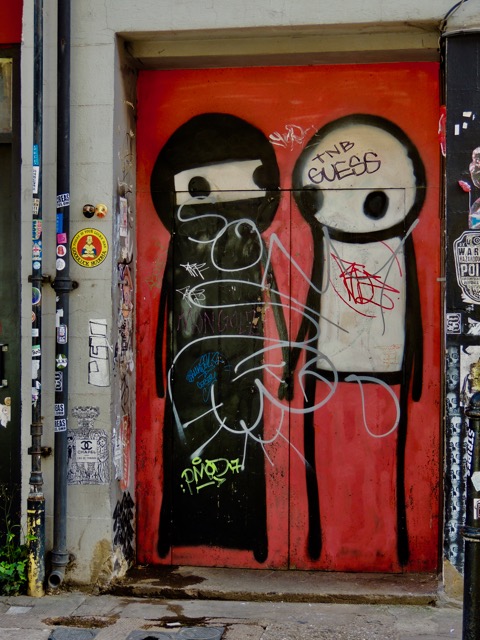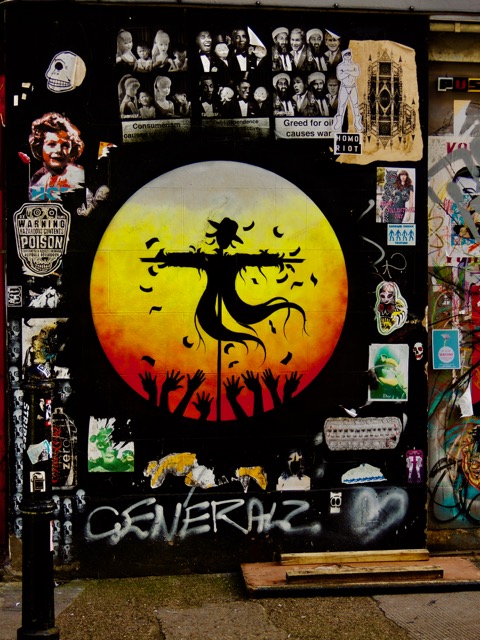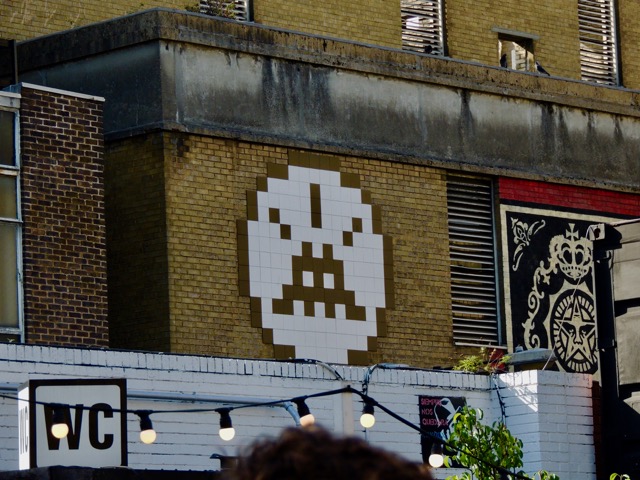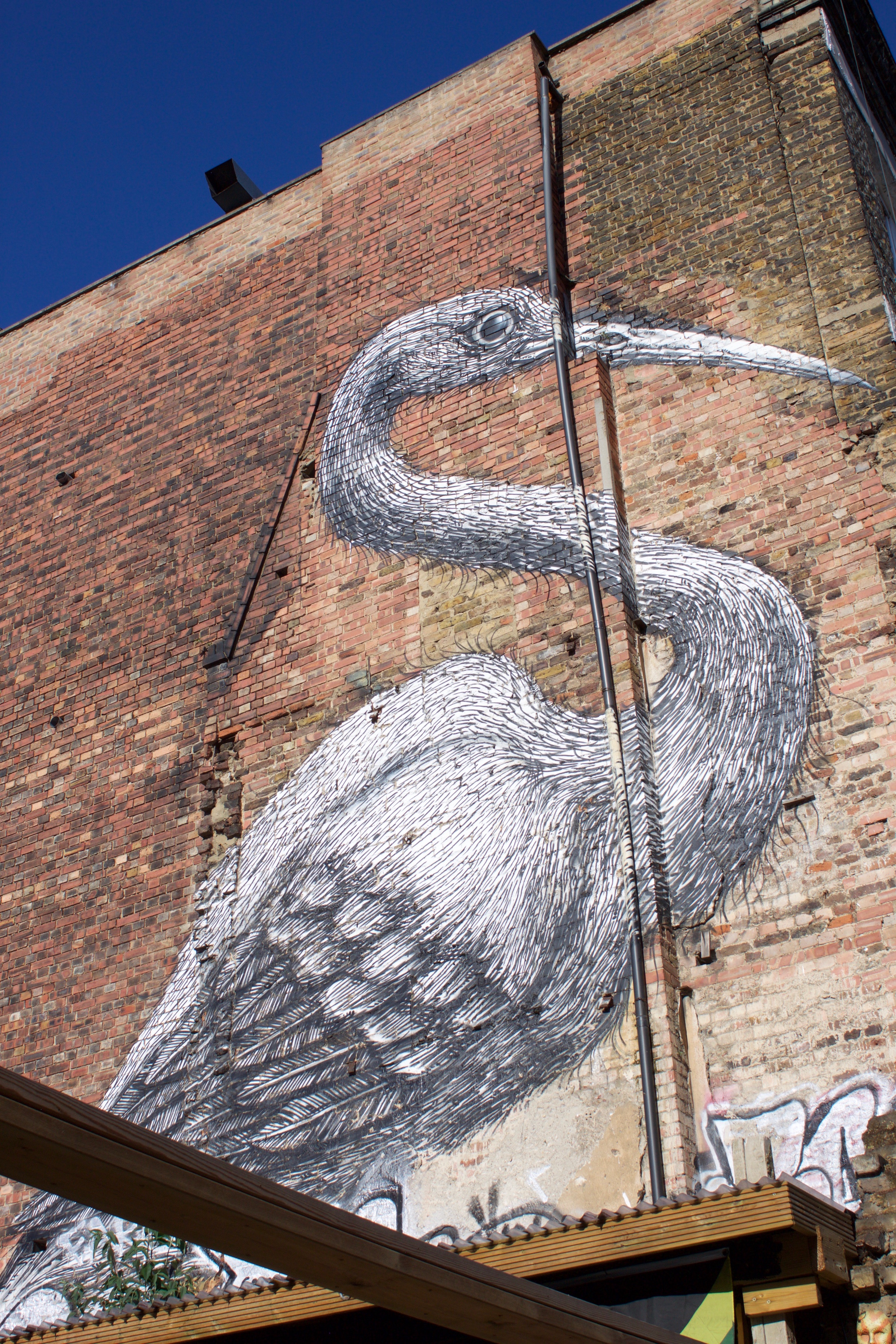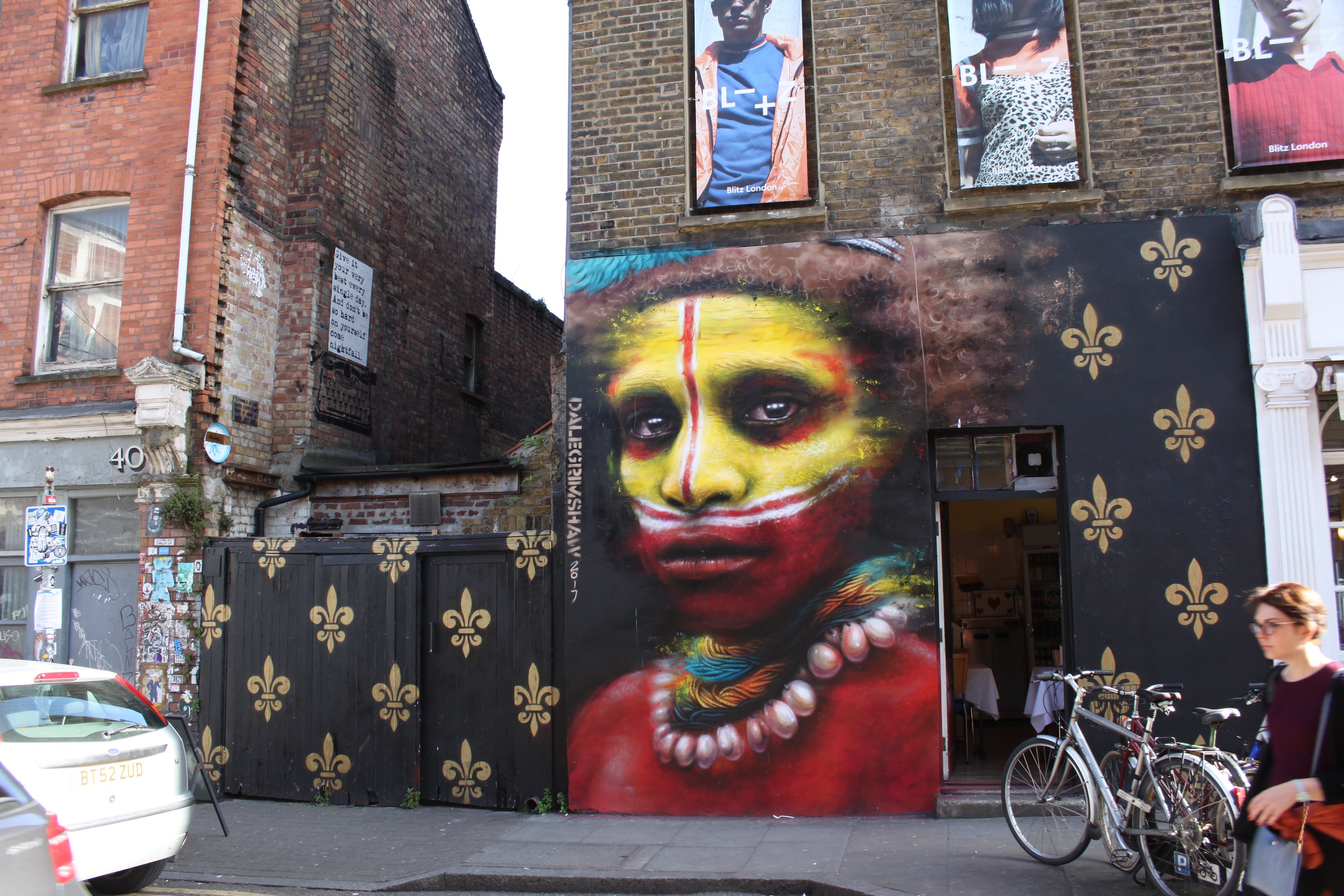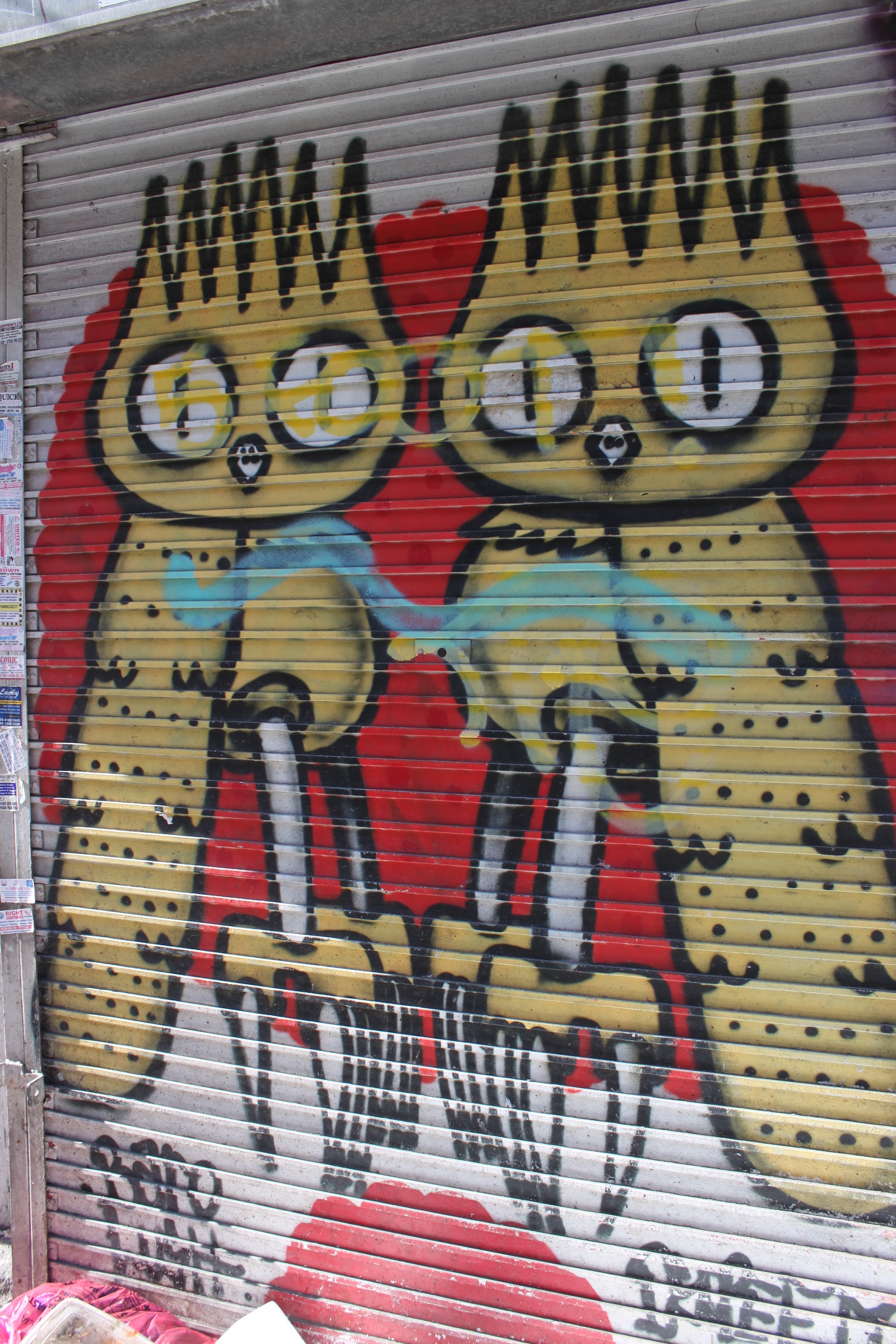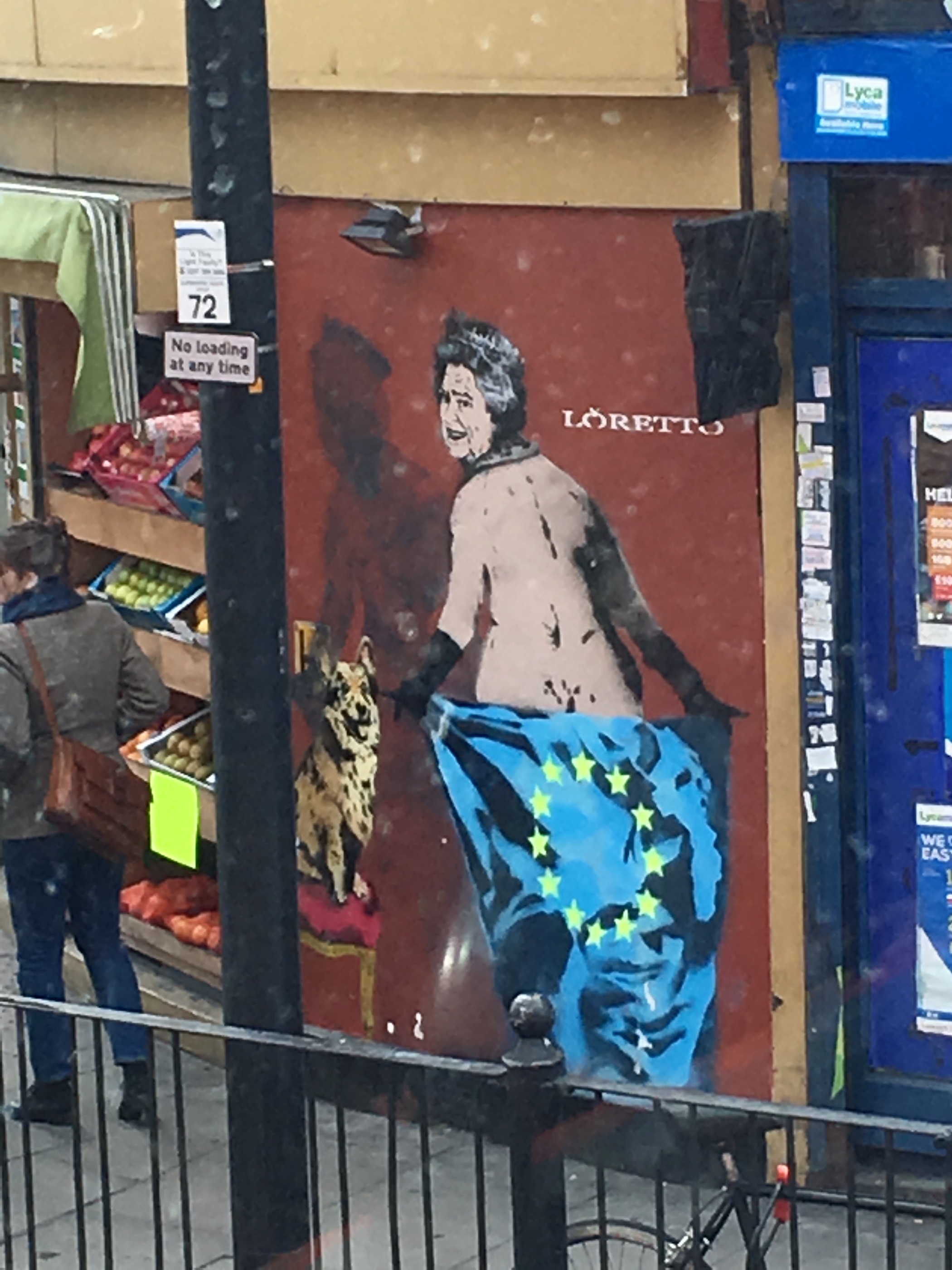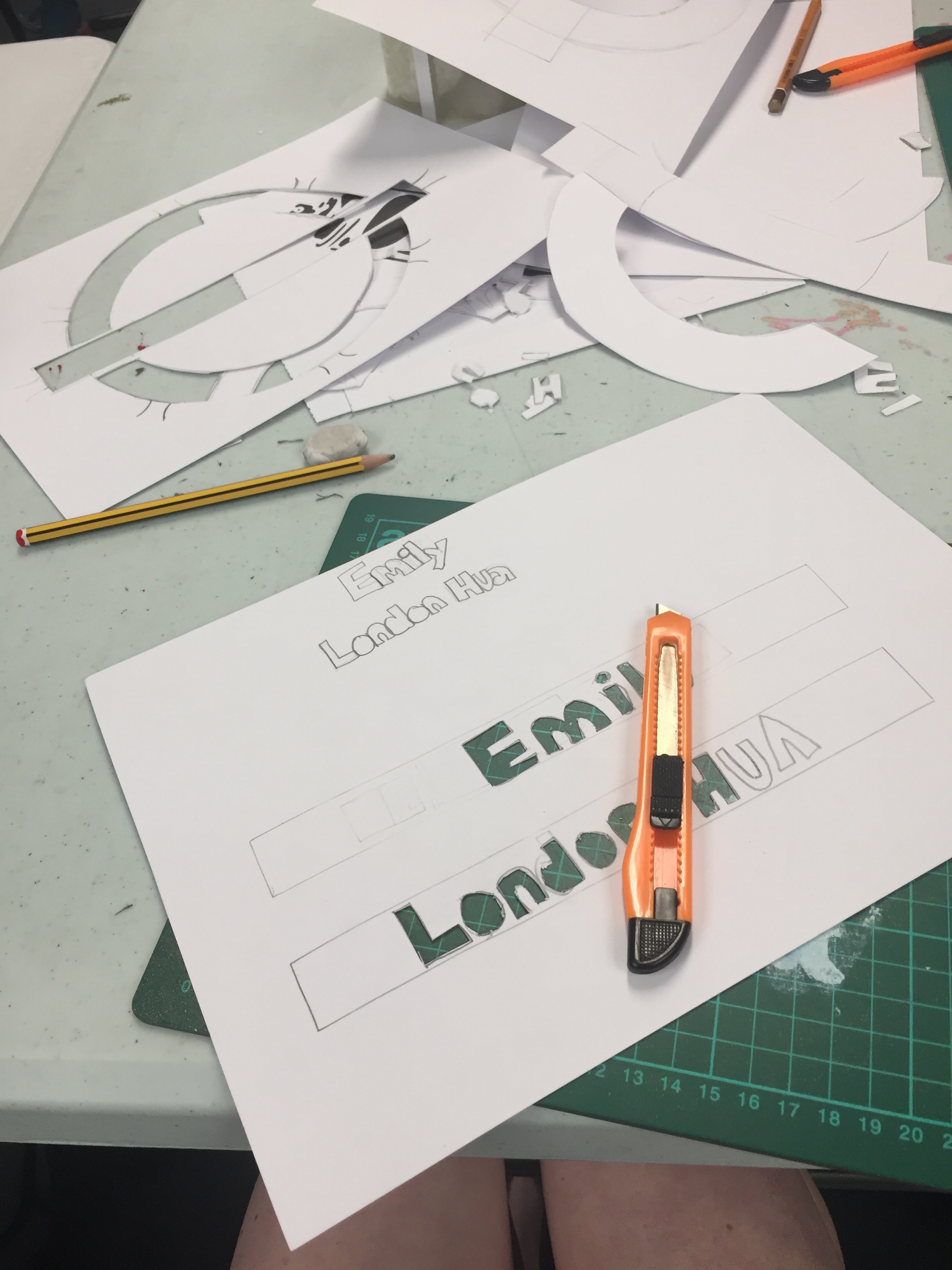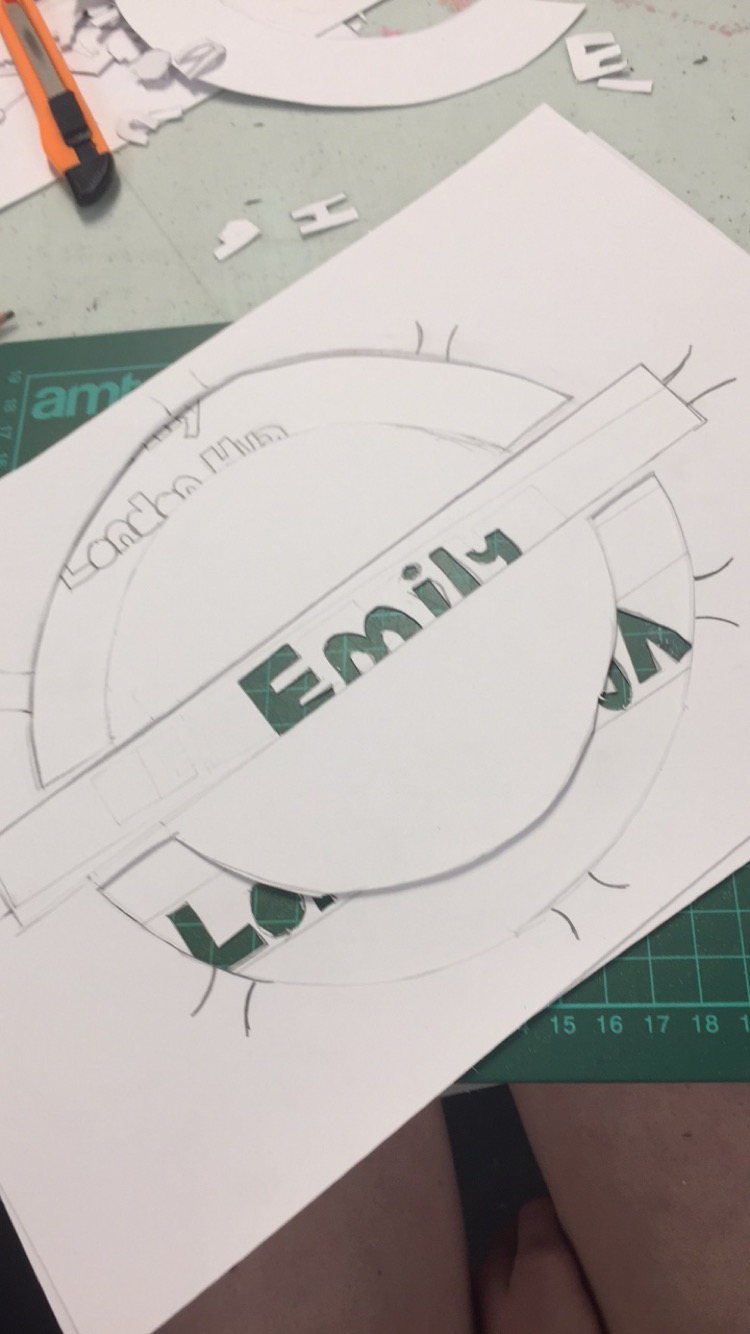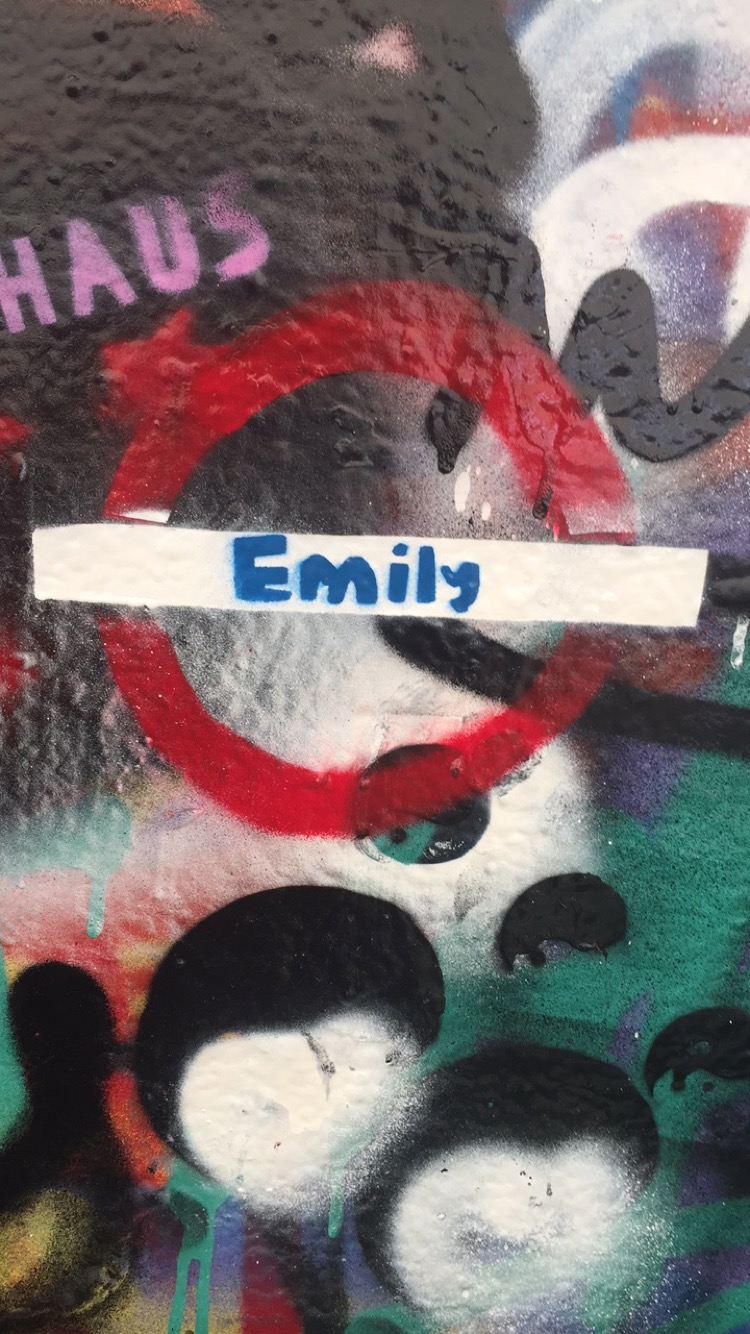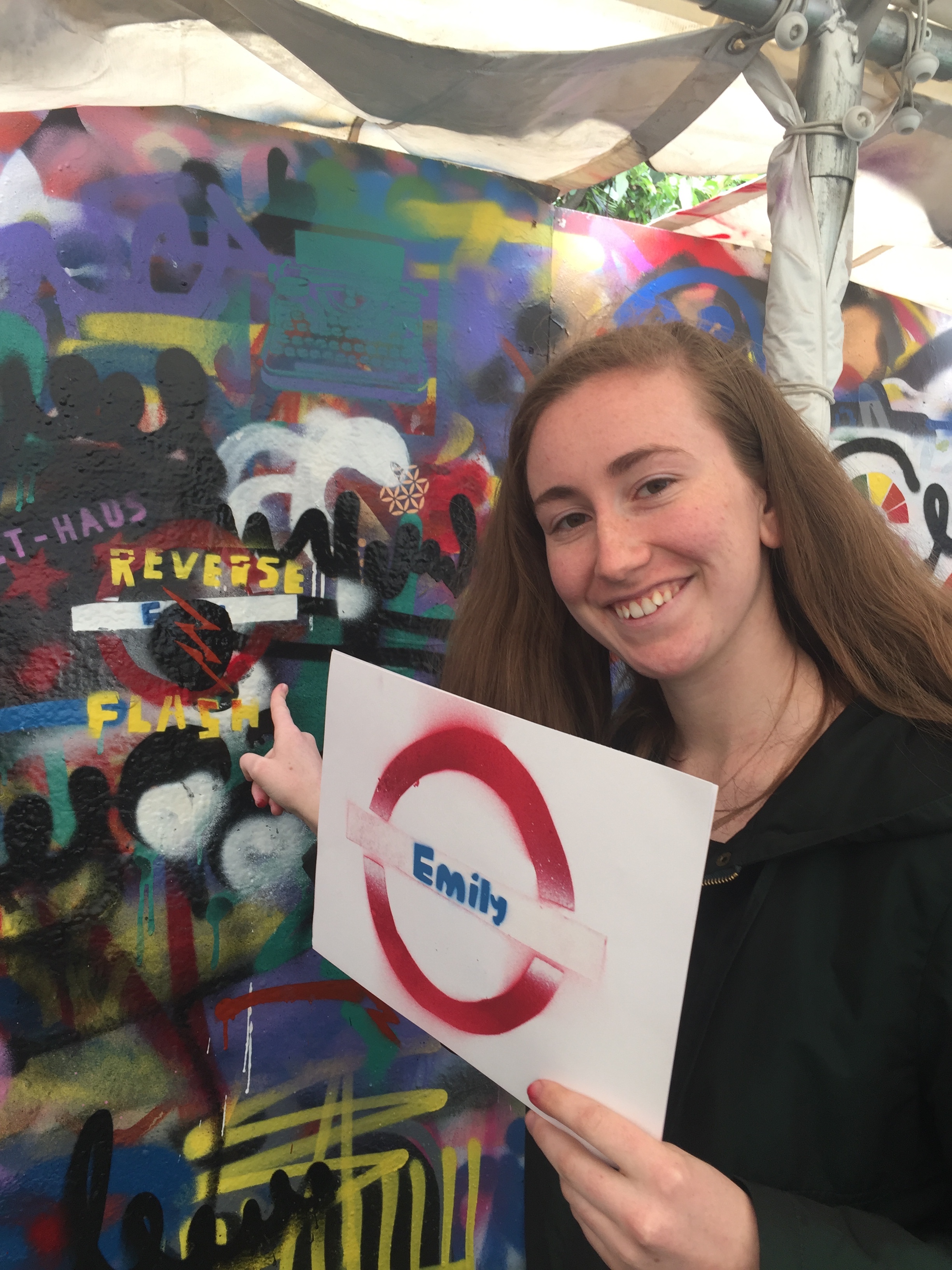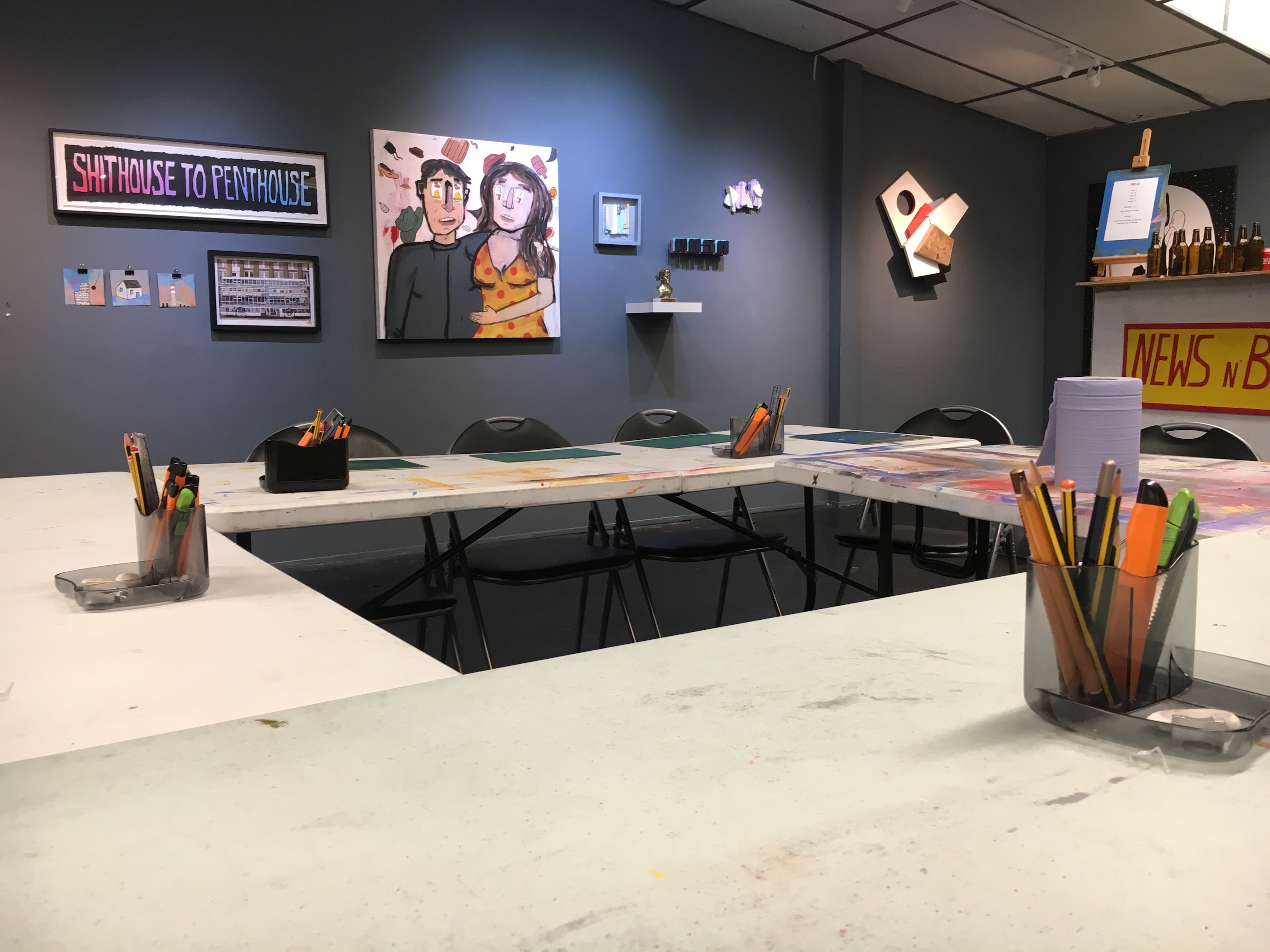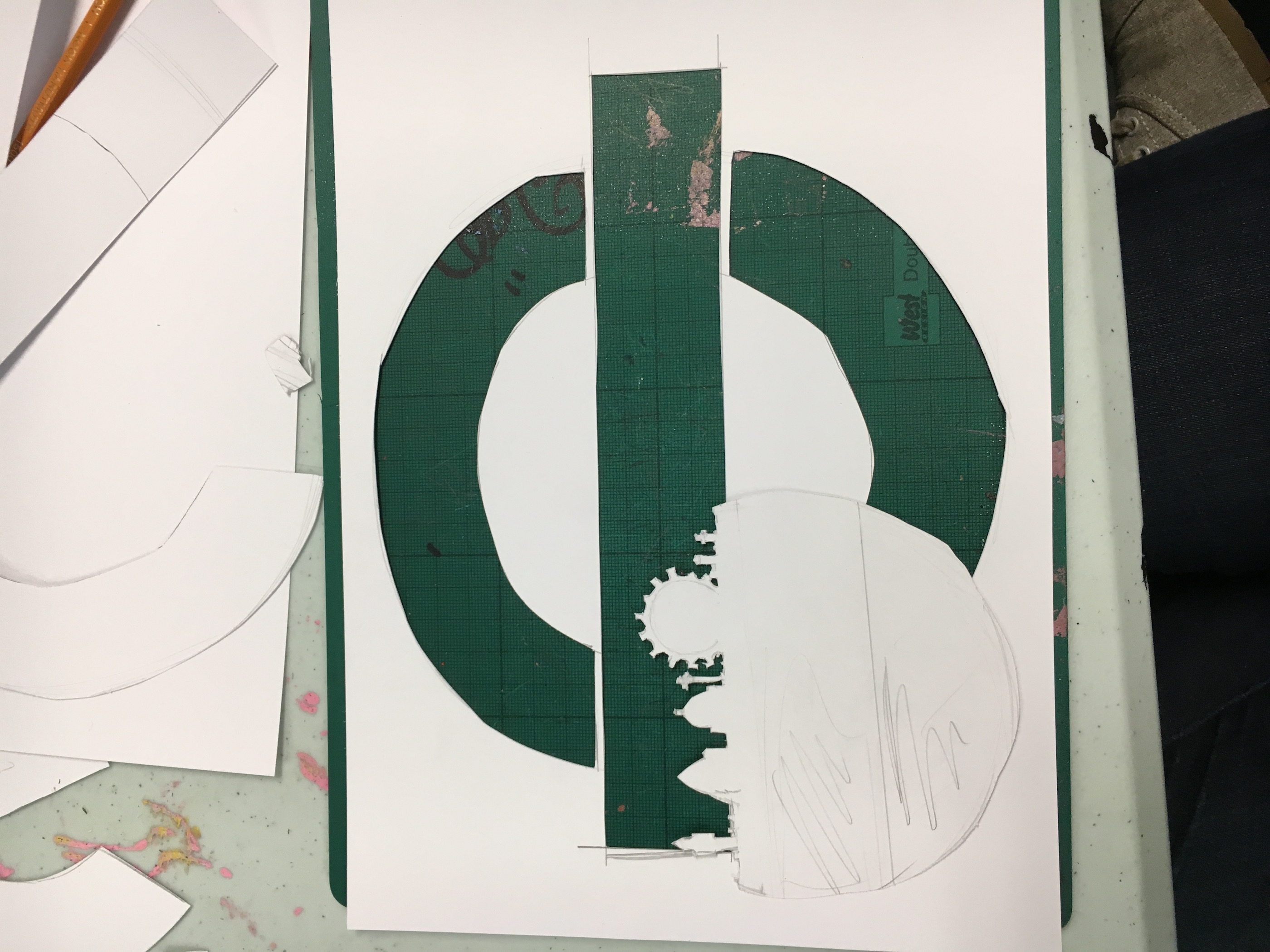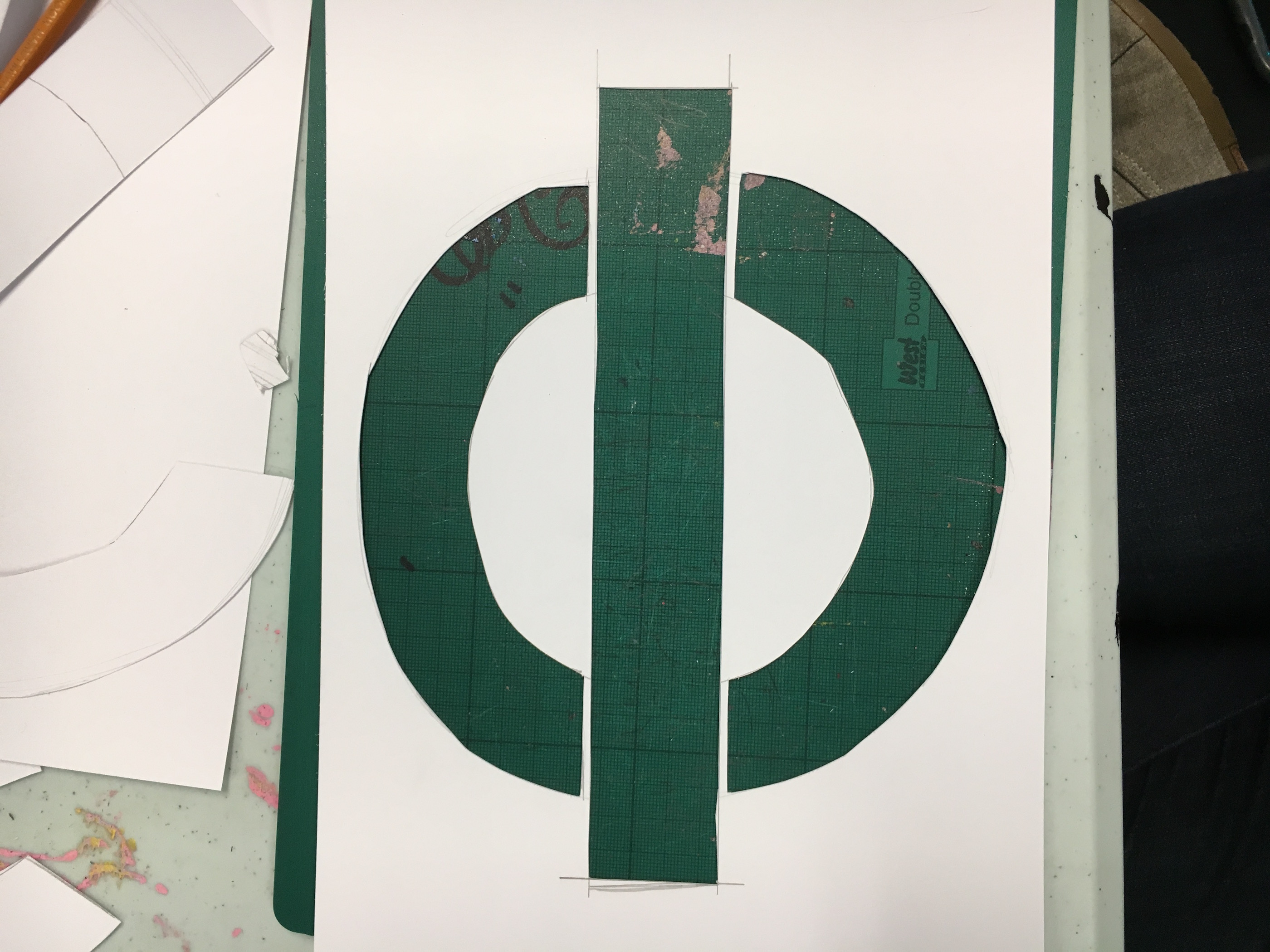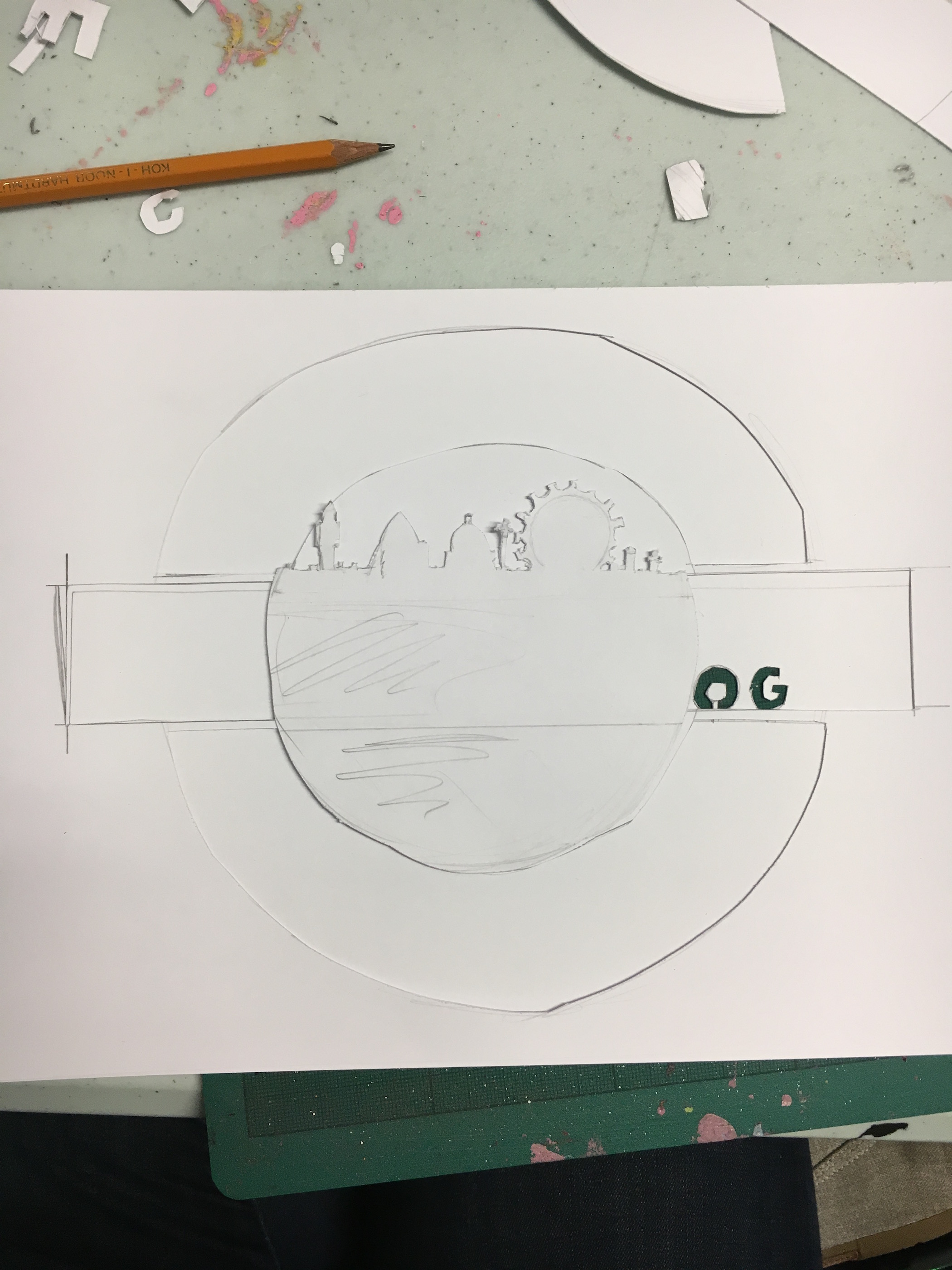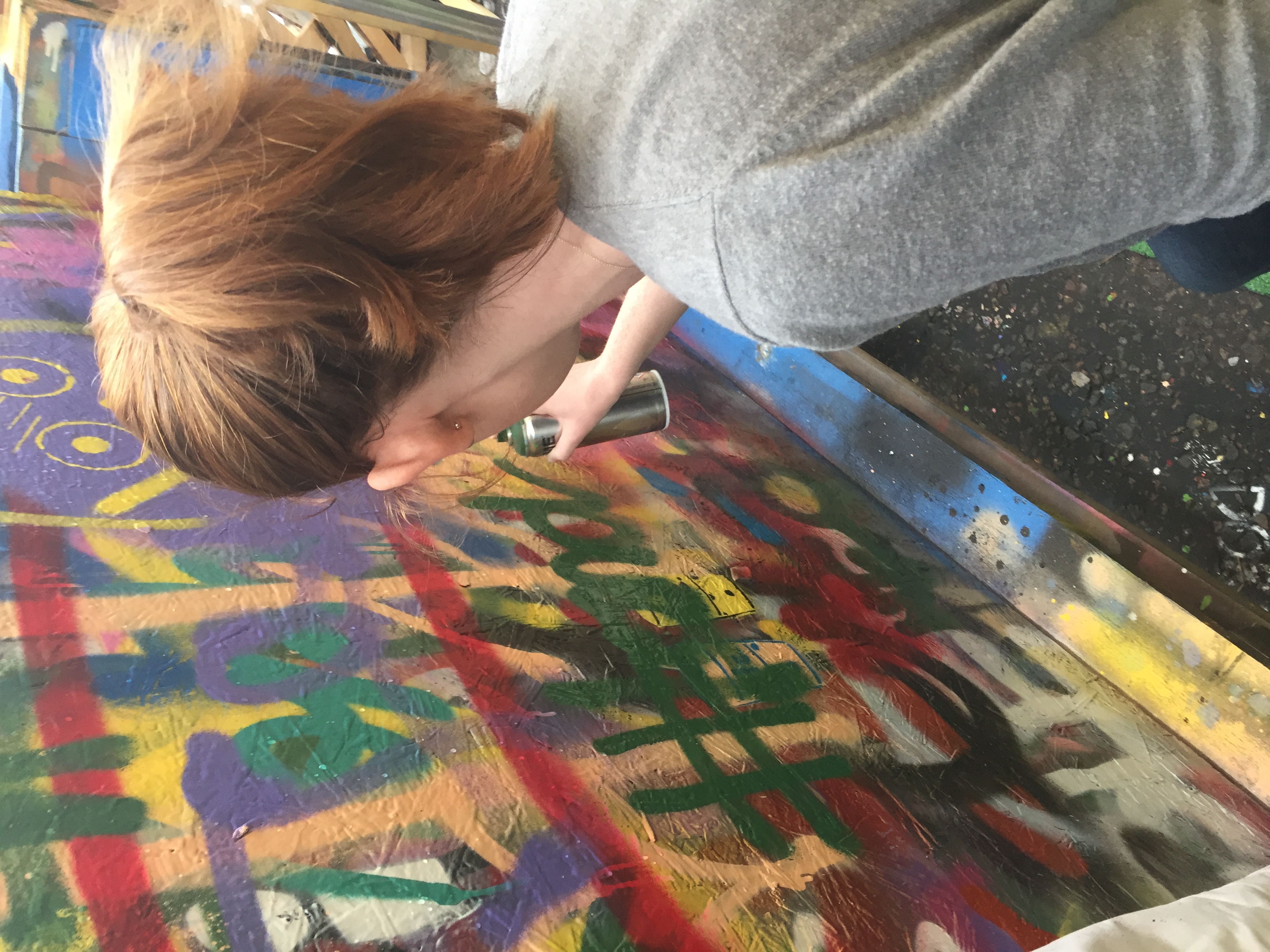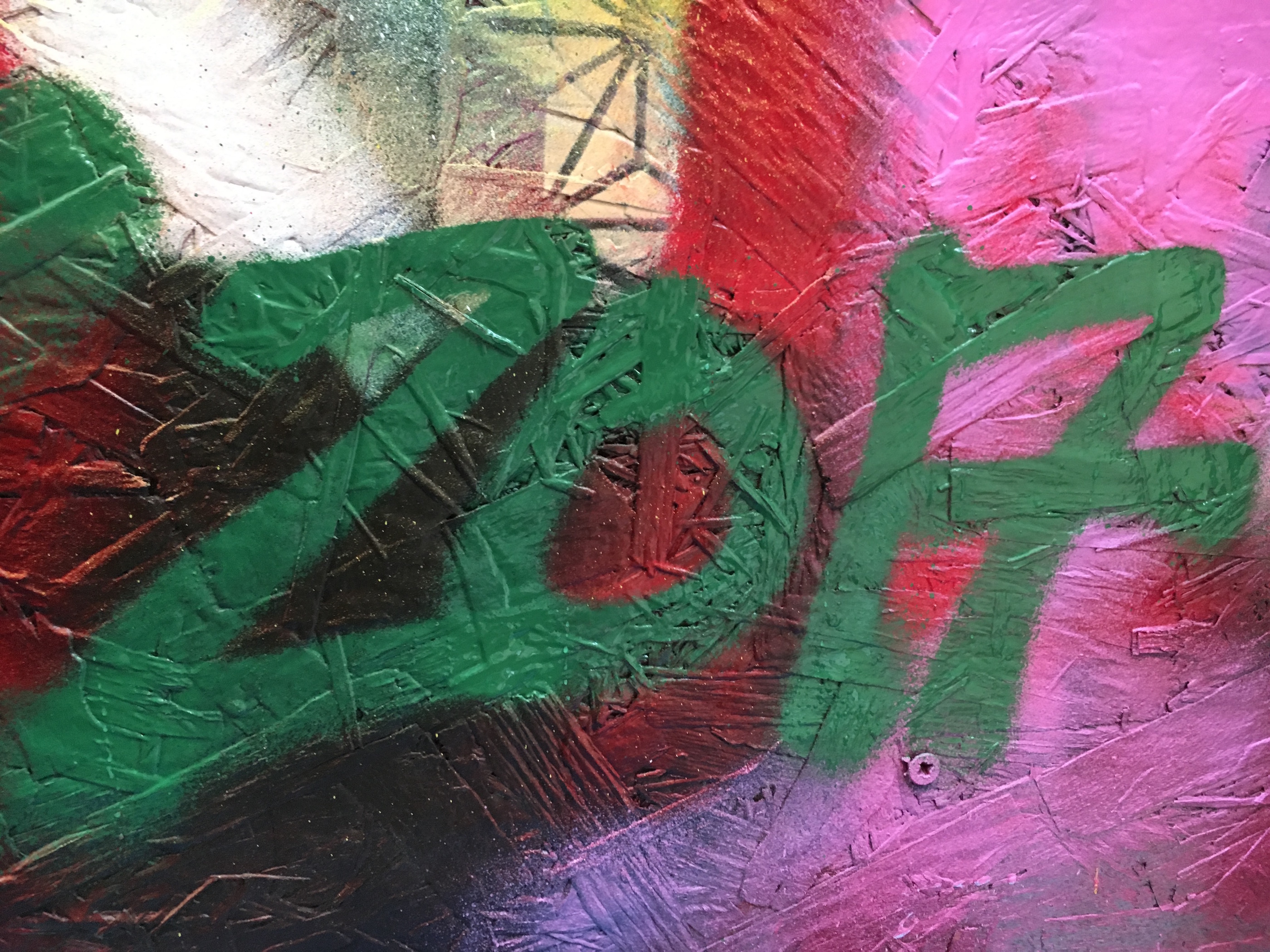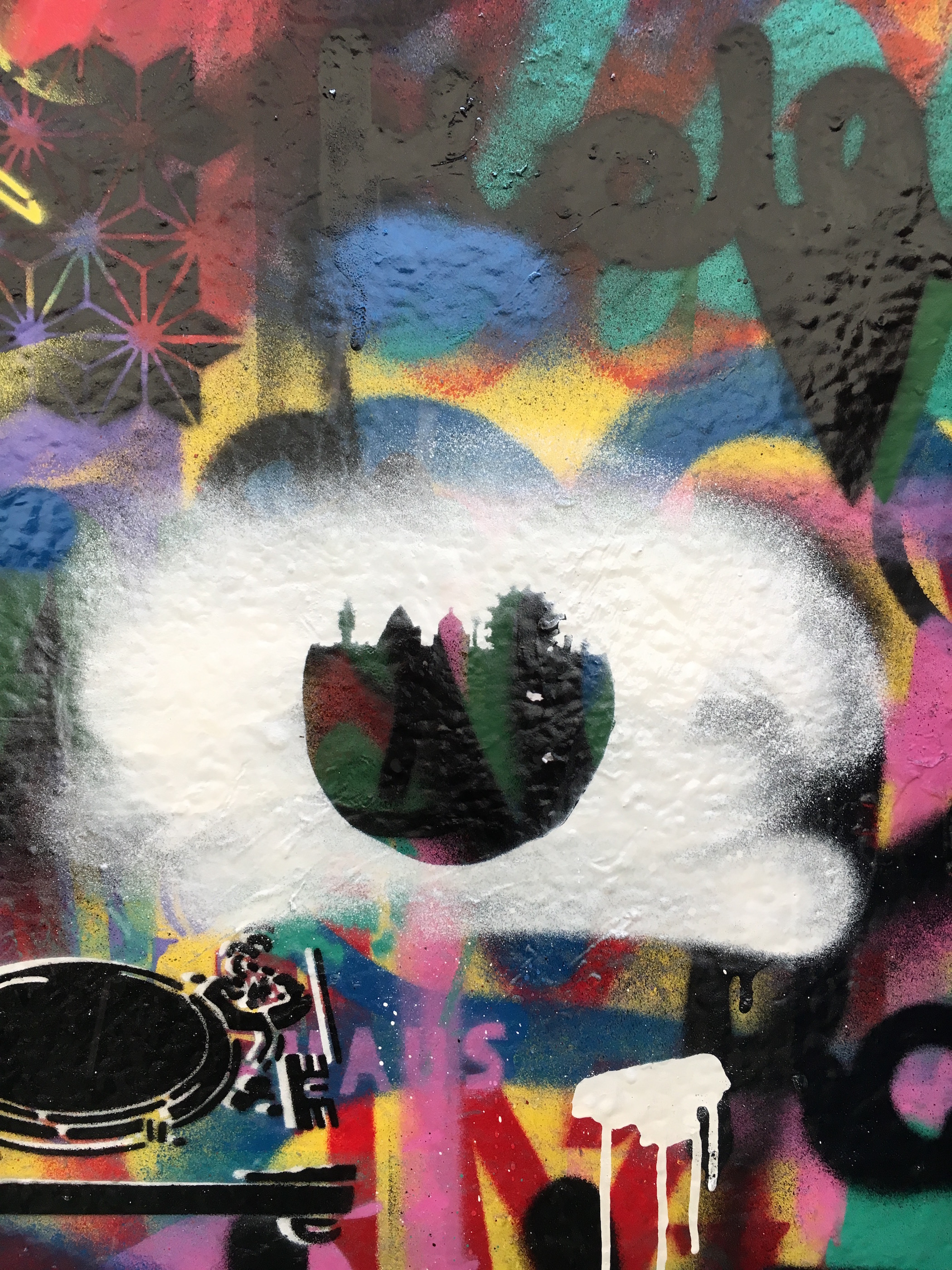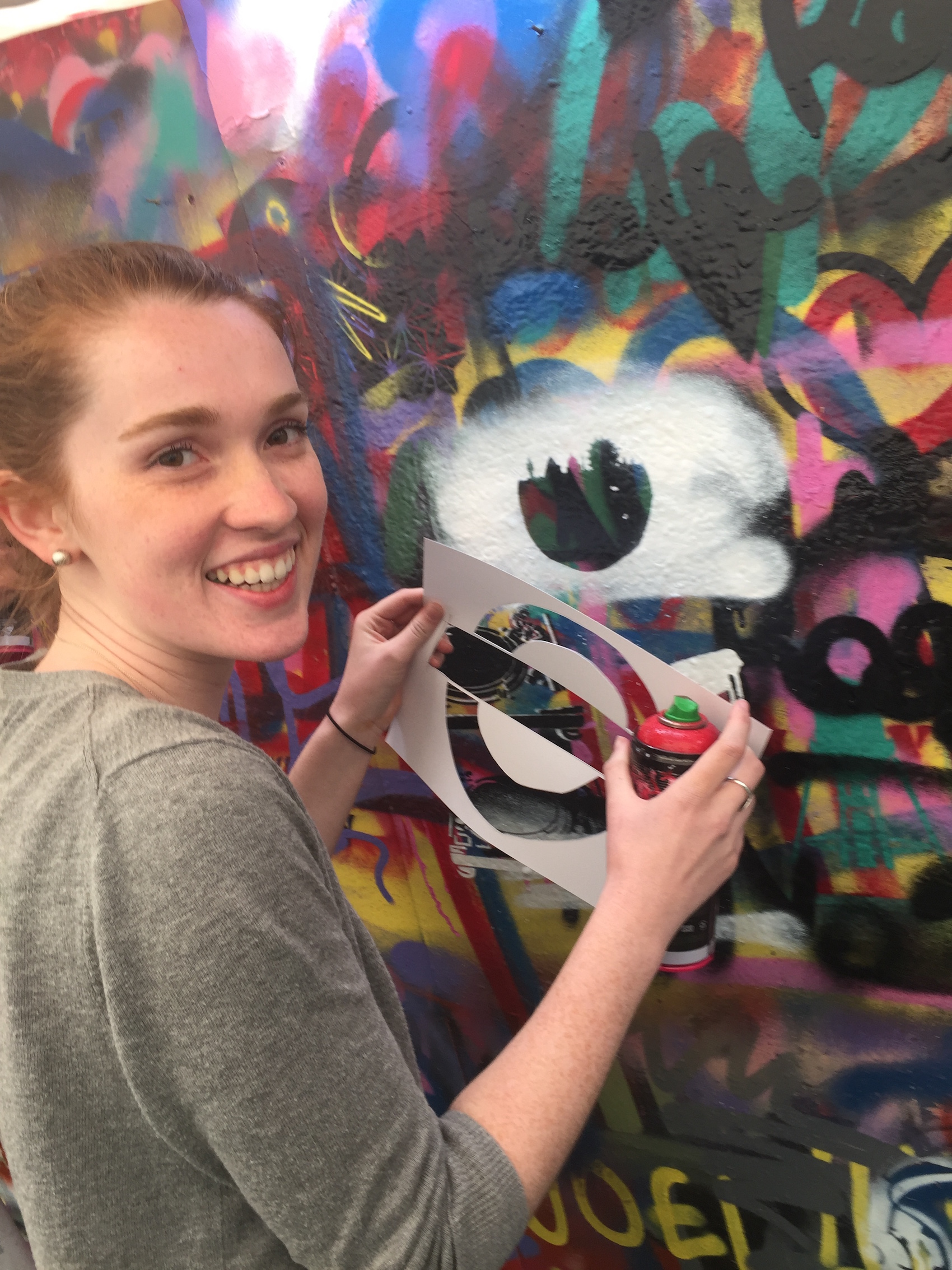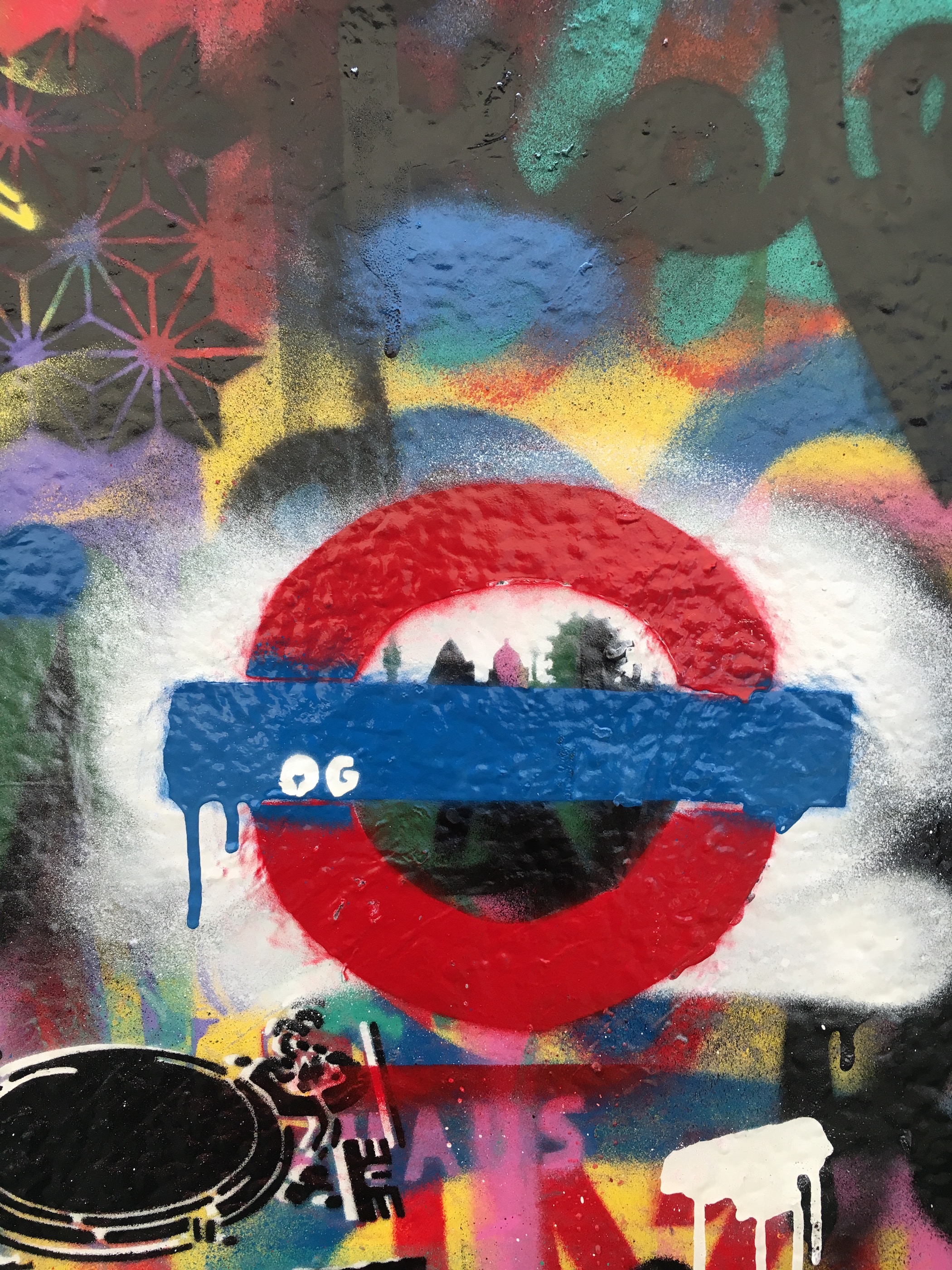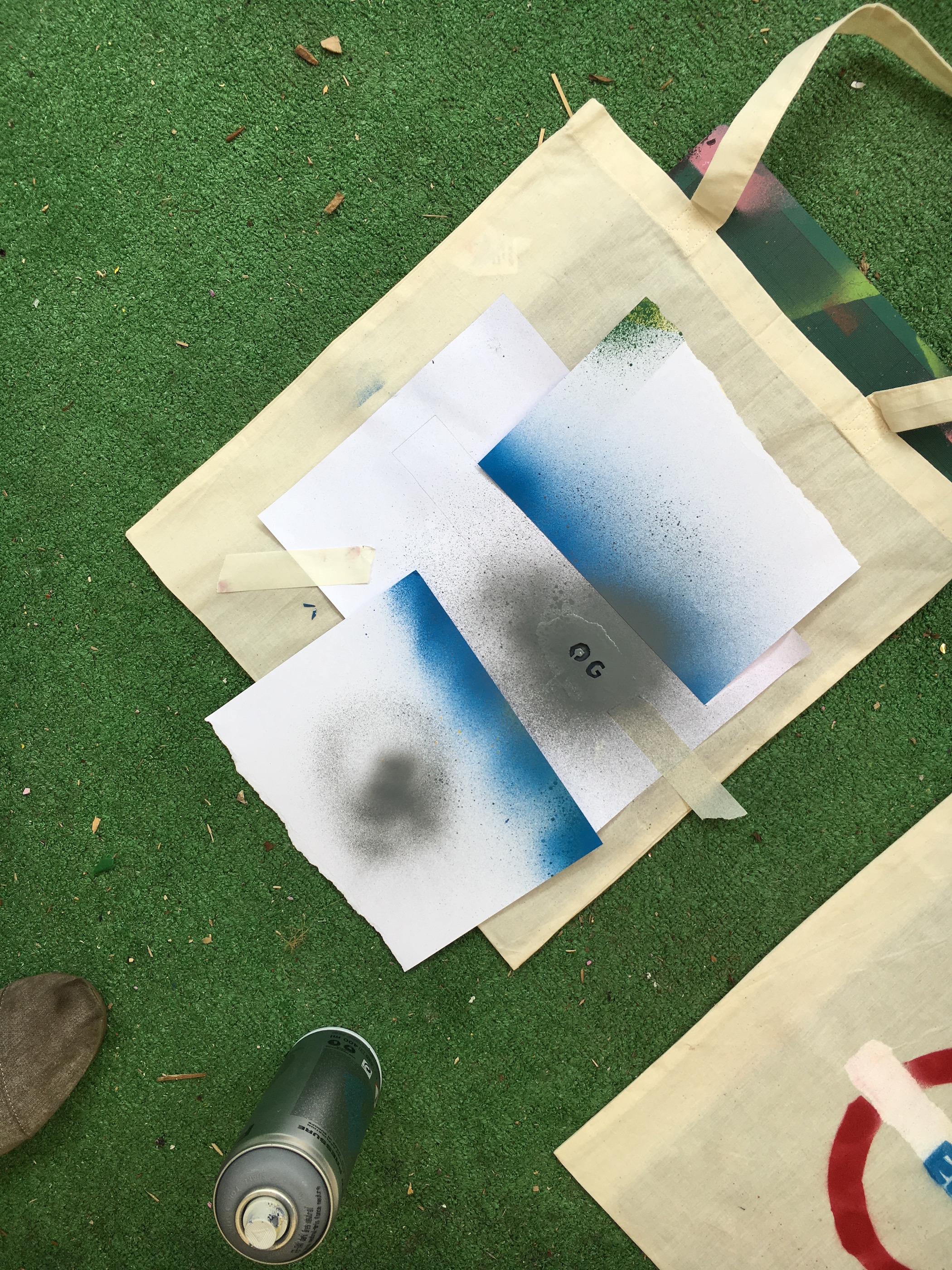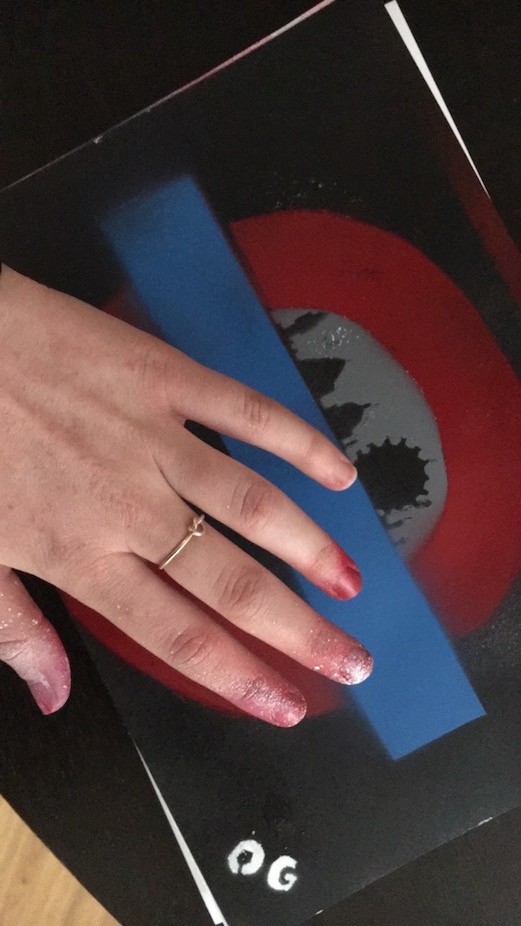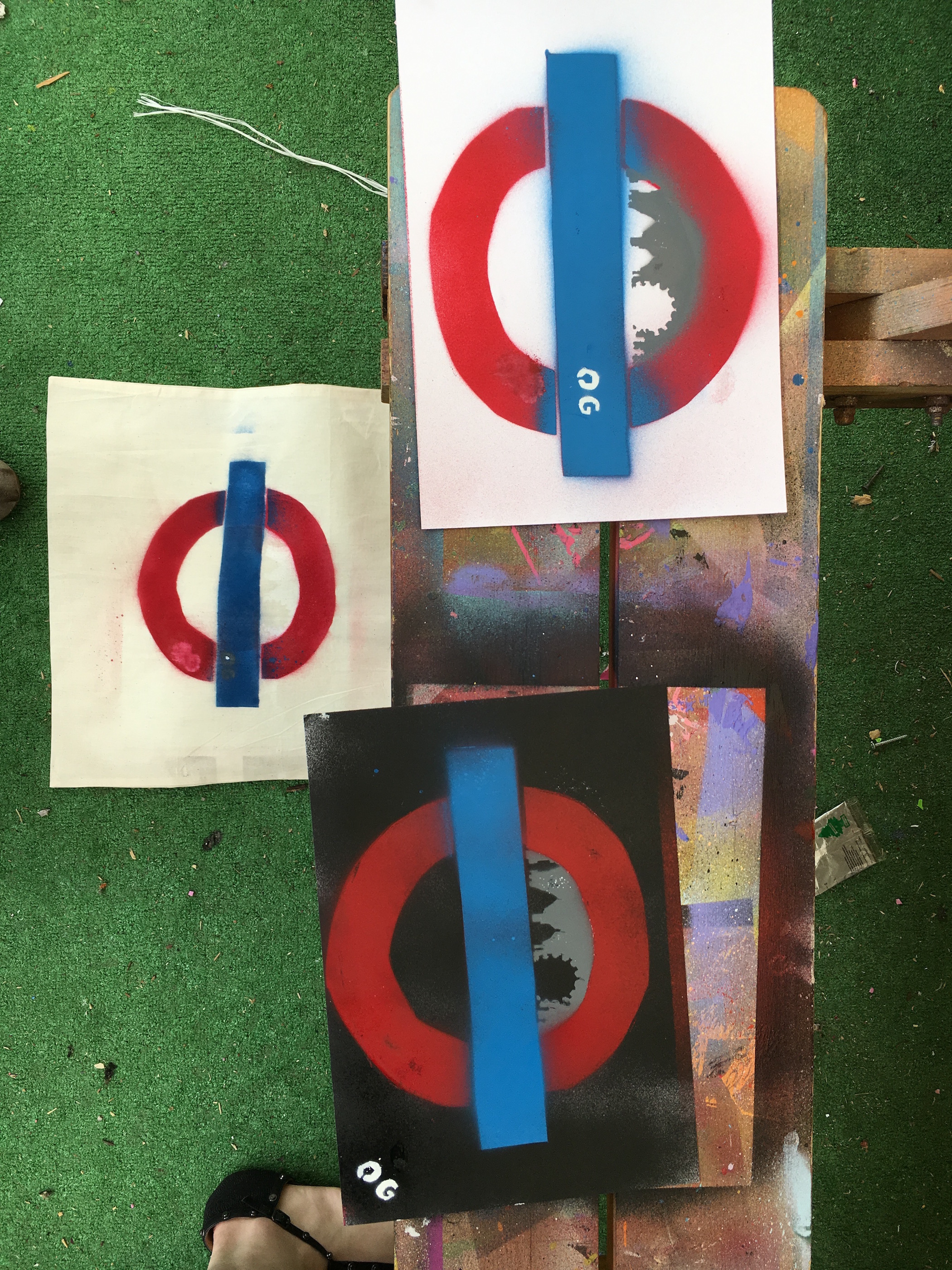Difference between revisions of "London Street Art"
From Londonhua WIKI
(→Artists) |
|||
| Line 453: | Line 453: | ||
'''15)''' Dal East '''16)''' Gregos '''17)''' Mighty Moe '''18)''' Nathan Bum '''19)''' Clamp Abraham '''20)''' Jonsey '''21)''' Lily Mixe | '''15)''' Dal East '''16)''' Gregos '''17)''' Mighty Moe '''18)''' Nathan Bum '''19)''' Clamp Abraham '''20)''' Jonsey '''21)''' Lily Mixe | ||
<br> | <br> | ||
| − | '''22)''' Ben Eine '''23)''' Low Bros '''24)''' Hacksell Void '''25)''' Jimmy C '''26)''' ZABOU '''27)''' | + | '''22)''' Ben Eine '''23)''' Low Bros '''24)''' Hacksell Void '''25)''' Jimmy C '''26)''' ZABOU '''27)''' Rower '''28)''' Hay T |
<br> | <br> | ||
| − | '''29)''' ZABOU '''30)''' | + | '''29)''' ZABOU '''30)''' Hay T '''31)''' Unknown '''32)''' Unknown '''33)''' Unknown '''34)''' Unknown '''35)''' Unknown |
<br> | <br> | ||
'''36)''' Unknown '''38)''' Unknown '''39)''' Jimmy C. '''40)''' Unknown '''41)''' Amara '''42)''' Unknown '''42)''' Unknown | '''36)''' Unknown '''38)''' Unknown '''39)''' Jimmy C. '''40)''' Unknown '''41)''' Amara '''42)''' Unknown '''42)''' Unknown | ||
Revision as of 18:50, 31 May 2017
London Street Art
by Olivia Gibbs & Emily Wilson
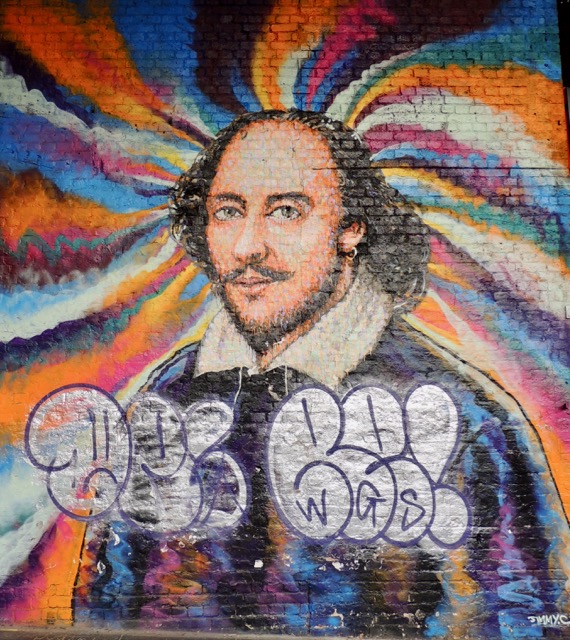 | |
| Artist | Jimmy C |
|---|---|
| Photo taken by | Emily Wilson |
Contents
- 1 London Street Art
- 2 Abstract
- 3 Introduction
- 4 Section 1: Background
- 5 Featured Art
- 6 Section 2: Deliverable: Banksy Inspired Pieces of Art
- 7 Conclusion
- 8 Attribution of Work
- 9 External Links
- 10 References
Abstract
Our objective is to demonstrate the influx of street art in London. We will go through defining street art and the difference between street art and graffiti. We also talk about the history of street art and how it came to London, including the artists who brought it here. We end with a gallery of photographs we have taken of street art that we found in London. Our background in humanities includes modern art class along with philosophy and religion. We walk away with a new knowledge of street art, its history, and the big role it plays in London.
Introduction
I suggest you save this section for last. Describe the essence of this project. Cover what the project is and who cares in the first two sentences. Then cover what others have done like it, how your project is different. Discuss the extent to which your strategy for completing this project was new to you, or an extension of previous HUA experiences.
As you continue to think about your project milestones, reread the "Goals" narrative on defining project milestones from the HU2900 syllabus. Remember: the idea is to have equip your milestone with a really solid background and then some sort of "thing that you do". You'll need to add in some narrative to describe why you did the "thing that you did", which you'd probably want to do anyway. You can make it easy for your advisors to give you a high grade by ensuring that your project milestone work reflects careful, considerate, and comprehensive thought and effort in terms of your background review, and insightful, cumulative, and methodical approaches toward the creative components of your project milestone deliverables.
Section 1: Background
Defining Street Art and its Terminology
Street art has many loose definitions and is very hard to define. As quoted by street artist Nicholas Riggle, "The artist must willingly expose there work to the risks of defacement, destruction, theft, alteration, appropriation; in short must be committed to ephemerality.” [1] That quote describes the basics of street art, and what is required of it, and it really embodies a lot of what is read in literature as a definition of street art. The next question is what defines good street? That is up to the viewer, it does not require a degree to be able to analyze it, the simple question is does the viewer find it interesting? Some elements that go into what can be seen as "good" street art is the color, the form, the skill in painting the image, the placement of the image, how it has weathered, the interaction with its surroundings, and how accessible it is to viewers.[2]
In the world of street art and graffiti there is a lot of different terminology used throughout the process, here are some of the common terms used. We will be using these terms through out the page in order to explain graffiti and street art.
- Tag: A person's graffiti name, can be their actual name, can be letters that stand for something
- Throw-up: This is larger, rapidly written bubble letters that are quickly written on a wall
- Piece: A larger, mural-like design that uses multiple colors and complex techniques, usual put up by a group of people
- Slaps: Stickers, they get their name for their ability to easily be slapped up on a wall
- The Buff: When tags are removed by city authorities
History of Street Art
Graffiti refers to 'writing' which developed as youth subculture in the mid 1960s Philadelphia and grew explosively after reaching New York in the late 1960s. [4]
Many factors in the New York 1960s time period lined up for graffiti to flourish including the urban renewal project that had replaced a lot of cheap working class housing with publicly financed middle class houses and new roads, both of which led to the dramatic decrease in jobs for the unskilled workers which were mostly made up of the immigrant and poor class in NYC. Also, in the 1960s urban riots took place for radical movements such as Black Panthers which brought adolescents together to resist authority. These events elevated the reason for writers to write graffiti. The majority being from the poor class, who just wanted to be seen.[5]
Tagging started before 1967 when people would post their names in their neighborhood as a sign of their gang, but soon others broke out and realized they can become even more recognized if they start tagging their names in other parts of town. [6]The sole purpose for their tags was to achieve recognition. In order to be quick and not caught, names were often under five letters.[7] And writers never saw themselves as vandals or artists either.
As time went on and more and more people began to join, an increase in competition was seen. People wanted their names to be all over but were carful not to paint over another person's name as to avoid a fight. To increase status and fame, the more dangerous the location of your tagging the more credit you received. This led to trains. Trains were and still are one of the hardest locations to tag, since they are constantly on the move and the train authorities have always been strict with not allowing graffiti, so one had to be careful not to get caught. [8]
Writers began to see themselves more as artists as tags became more thoughtful, creative and care was put into their design instead up just spraying up four letters. They tried to strategically place their tags in locations where they thought photographs would be taken so their tags can be shared and spread widely. As Bofkin put it "..graffiti culture quickly institutionalized values such as hard work and creativity, which were necessary for any writer to receive acclaim." And by the 1970s graffiti crews began to form which were small groups of friends who shared a passion for writing. [9]These crews became better options for young teens to join instead of gangs. They were goal oriented, protective and they were places where writers could learn from each other.
Graffiti didn't reach Europe until the early 1980s as part of the hip-hop culture. Wildstyle and Style Wars were two movies produced in 1983 that celebrated the hip-hop culture and exported graffiti in masses in Europe. [10]Most of the graffiti in the early 1980s in London was related to IRA (Irish Republican Army) or anarchic punk bands. [11]However, much of its evolution mirrored the early days of New York, where London writers painted on the outside of trains. Similarly, artists paint on Brick Lane for the known fact of tourists and photographers roaming the area; they know their art will be seen by many. [12]
The first recognized artist to be associated with street art as a specific movement instead of graffiti is Blex le Rat. Blex le Rat is a French artists who after his visit to New York in 1971, came back to Paris in 1981 and began stenciling rats on the walls. [13]He believed stenciling suited his city better than graffiti did. He was the first, only with Jef Aerosol and Nick Walker who also stenciled in the 1980s, but the world famous and most influential street artists didn't come until the nineties. [14]
Shepard Fairey, an American artists, began producing countercultural "Andre the Giant OBEY" stickers in 1989 which quickly caught attention and is now used for commercial products. [15]Cost and Revs are a duo who began working together in the early 1990s where they posted their names and short phrases in Manhattan. [16]It is in the turn of the century when contemporary street artists, including Invader and Bansky, artwork had come into light and are still seen today.[17] Some of the first Londoner street artists were D* face, Mysterious Al, and Ronzo. These artists popped up in the early years of the 2000s, bringing in the culture that it is cool to paint walls and objects found on the streets. [18]
Today, still, people question what defines street art. It originates from graffiti but goes far beyond just letters to now murals, stories, sculptures etc. A loose definition is simply art found outside, it is not on display inside a four roomed gallery and no money collection is required. Any one and everyone can view it or miss it if they are observant. It can make you laugh, smile, or think about what it is to be human in our modern world. [19]But how is it created?
Materials and Methods
The aerosol can was developed in 1899 and a mixture of propellants was used to create the aerosol. The cans did not have a good valve system however so it just sprayed the contents of the can out, with no control. In 1927 Erik Rotheim was the first person to create a can with a functioning valve system. The major development of the can came in World War II when the Americans needed insecticides, so it was very important that the cans worked. The Continental Can Company Created the first push button can in 1946. Edward Seymour became the first person to put paint in a can in 1949. [20] Spray paint was originally designed for household and industrial purposes, but it became the medium for graffiti artists. Writers played with the can such as using fat caps which are wide-spraying nozzles from other consumer products which allow writers to paint faster and larger areas.[21] The first spray paint designed for graffiti writers was created in 1994 by Spanish company Montana. [22]Today there are many more companies and some are even developing high-tech polymers that can protect street art murals against the elements for decades. [23] Things changed however with the introduction of paint stripper, it allowed artists to literally burn their tags onto the sides of trains. When authorities tried to remove it, it just made it look better. [24]
Some other materials today include chalk and stickers. Chalk can be seen as a temporary material as it more readily washes away over time and with weather. It is often used for street art done on the ground. This can be seen in front of the National Gallery by Freddy, and many other artists. Stickers are another medium used for street art. Because of there adhesive they can only be placed on metal posts or doors. Artists can chose to use this medium as a singular piece of art, by placing one sticker in a well-chosen area. They can also bomb an area with stickers, putting them up as many places as possible in a city.[25]
There are multiple ways to create street art but it can be broken down into two categories, 1) reproducible and 2) free hand.[26]Reproducibility is what is it sounds like, the capability to be reproduced over and over again. These forms of street art come from stencils and poster art that can be reproduced infinitely. Stencils are produced in a studio and then rolled out onto the wall and spray painted over. This allows an artist to quickly install detailed designs before getting caught. Stencils rarely use more than two colors because they can be hard to spray. [27]This methods is often chosen by Bansky and is perhaps why his art is often simple black. Free hand art is closer to graffiti, as all the work takes place on the street scene. [28]Free hand art usually is made of multiple colors because it is easy to switch between cans. [29]
There is a life cycle to street art no matter what method is used. It goes up, and it looks fresh and new. Then it suffers from the elements, it can tear, stain, fade, and get marked by other artists. Then a new artists comes along and decides that is the spot for their new piece and the cycle starts all over again. [30]
The Street is The Gallery
Working in the street allows an artist to reach a very large number of people. Street artist Nick Walker states, "The street is the biggest gallery you could ever want", [31] and Eine stated,"You want to put your paintings where there’s going to be the most people traffic, where the most amount of people see it". [32] Artists will spend a lot of time assessing the placement of a work of art. They will look at the street furniture and the urban architecture and see how it can help display their work of art. You will see that many artists work on recessed doors or in alcoves, this is because the surrounding architecture then forms a frame for their work. They also look at the surface they have to deal with. For example stickers work better on metal posts, and while pasted paper won't work on corrugated shutters spray paint will work there. Many times the interiors of derelict buildings have a lot of graffiti and street art in them. This space is popular not only because it minimizes the chances of being caught, but because some artists like the idea that only other artists will see it, or only some very adventurous explorers. Many people question if street art can be put into galleries. If you ask a street artist they will say that they believe the gallery and the street should co-exist, that they should not be mutually exclusive. [33] When works by Banksy went up for auction it was quite an interesting experience. It was described as very posh people, in very posh places, buying artwork that features someone holding up their middle finger. In 2008 Tate Modern did an exhibit on street art, featuring street art on the outside of their building. This is a great example of street art existing both inside and outside of a museum. Cedar Lewisohn believes," The museums of the future may well be the cities themselves". Which all ties back to how the gallery for street artists is the street. [34]
Taking the Art off the Street
Before the internet, graffiti images were shared internationally through individual photograph exchange between artists. The first well known magazine to print the photos was the magazine called Graphotism. It first published black and white photos in 1992 and soon after began printing color photos up through 2012 when the magazine ended. [35]The first website to cover graffiti is Susan Farrell's Art Crimes in September 1994 which is now called Art Crimes:The Writing on the Wall. Her main purpose and goal for the website is to allow writers to reach and share work other writers. Now as technology is becoming more and more advanced with higher photo quality capabilities anyone is able to snap a photo of graffiti or artwork and posted endlessly to the web. The posts are forwarded, shared, and retweeted allowing support of street art to grow rapidly contributing to the "current generation [being] the most visually literate in history." [36] Also with the advancements in GPS technology mapping the location of various street art has helped increase the support as its simpler to find them in person. [37]
Graffiti versus Street Art
There are very few similarities between the two, they both often times use a spray can, and it often comes as a surprise to the owner of the wall. That is it for what is similar between the two. [38] Graffiti is often compared to calligraphy and it involves writing letter sin various styles on walls. [39] Graffiti writers remain focused on letters and words, writing their tags. Street art does not bound themselves in the same way. Street artists often have more tools and techniques at their disposal. [40] Also if it is a legal, commissioned piece of work, they have time on there hands. Street artists can use paint, paper, even sculpted objects. There is often times a lot of tension between street artists and graffiti writers. The most well known confrontation between the two was between the popular street artist Banksy and a graffiti legend King Robbo. King Robbo painted one last piece before he went into retirement and Banksy used his painting man stencil to paint over King Robbos last remaining piece, that had been untouched by other graffiti and street artists. This brought King Robbo out of retirement and the two went back and fourth painting over each others works of art. Unfortunately one day while painting King Robbo had an accident and after being in a coma for a long time he passed away. [41]. In honor of him, and what you can say is the settlement of the argument, was a painting by Banksy in tribute to King Robbo. [42] When looking at how people view the difference between street art and graffiti the difference is clear. Street art can be considered more user friendly, the general public tends to like it. Graffiti is more people writing graffiti for the sake of writing it, and the graffiti writers tend to not care what people think of their tags. [43] A quote from Street Art London States, "While street art shares DNA with graffiti, their outward appearance differs in some ways that makes street art marginally more acceptable to the general public and the authorities”. [44] Street artists are far more likely to receive commissions to paint murals or be given the benefit of the doubt by police officers who could easily arrest them. Because of this street art is growing and becoming more popular, while graffiti is regarded as an indefensible crime, a social problem, and indicator of a world in decline. [45]
The Legality
When you walk outside and see that an artist has decided to pick your wall to be their canvas there are a few different ways people handle the situation. One way is they find it annoying, and they simply call the council to have it removed. A second way is that they fear it, and what will come of it, so they call the police and have cameras installed to help deter it from happening again. Some people embrace it, they appreciate it and take pictures of it, posting them online for all to see. And some find it inspirational, depending on the subject matter it can move people. [46]
Graffiti is a criminal act in the United Kingdom that is punishable by up to two years imprisonment or a fine. A lot of the time this is flexible and the artist can spend half the time imprisoned and the other half doing community service. You can only be found guilty if you were caught in the act, so if your tag or name is on a wall you cannot get in trouble for it. The only way you will get in trouble is if you are standing at the wall with spray paint in hand. This is why graffiti is not very detailed, their tags, throw-up and pieces, need to take under 20 minutes in order to not get caught. This is where street art is really different, most artists work are legal. In order to do these intricate paintings the artist needs time, and therefore will ask permission from either council, or the property owner, if they can paint on their wall. Not all street artist follow this rule, and some have been caught in the act, but with sly talking, and familiar names have been able to get away with it.[47]
Artists Thoughts
Bansky
"Imagine a city where graffiti wasn’t illegal, a city where everybody could draw wherever they liked.” [48]
Jimmy C.
“The streets of London show a diverse range of local and international artists, and in certain areas the walls are changing on a daily basis. The walls are like an ever changing gallery; a continual dialogue. I am trying to add some colour through the visual poetry into the city through the portraits I paint, along with some essence of the human spirit.” [49]
Pez
“ It motivates me to get to know cities, meet other artists and share my art with others, and give a part of myself to the streets.” [50]
Roa
“Every time you realize an imagery in a public place you interact with its surroundings, situations and people. If everything comes together, then I personally feel satisfied. If I’m able to deliver something that adds to the place in a thoughtful way, I have fulfilled my own expectations.”[51]
Styles
While it is not easy to classify every piece of street art, these are some styles that encompass a lot of them.
Suprematists
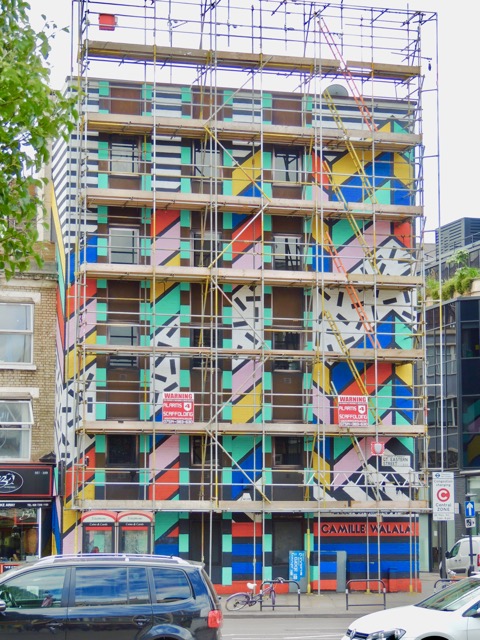 | |
| Artist | Camilla Walla |
|---|---|
| Location | Shoreditch |
| Caption | "" |
This style is when an artists takes the surface and decorative patterns into heavy consideration when choosing what to paint. It includes the use of angular forms, and straight lines, as well as placing primary and bold colors next to each other. [52]
Site Specific Art
| Artist | Stik |
|---|---|
| Location | Brick Lane |
| Caption | "" |
This art is made for the environment it is existing in. Every piece of art has a story, and the location has a story, when you put the two stories together, you get a whole new story. It uses the site to enhance the artwork. In most cases, the spaces influence the art that is created for them. [53]Street artists work with the urban features including cracks, pipes, and uneven surfaces. They incorporate living forms such as plants or trees. If the art is under a bridge many artists play with the structure itself and incorporate the beams or construction within their art. Many times with buildings faces can be made with the door as the mouth and the eyes coming out of the side windows. [54]
Sci-Fi Expressivism
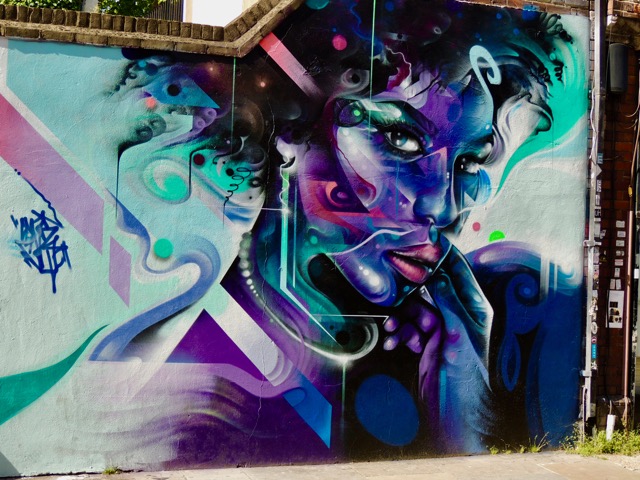 | |
| Artist | Unkown |
|---|---|
| Location | Brick Lane |
| Caption | "" |
It uses bold lines, making the image appear both retro and futuristic. The images painted are usually referencing the outside world, and use organic forms that describe nature or strange creatures. [55]
Retro Pop
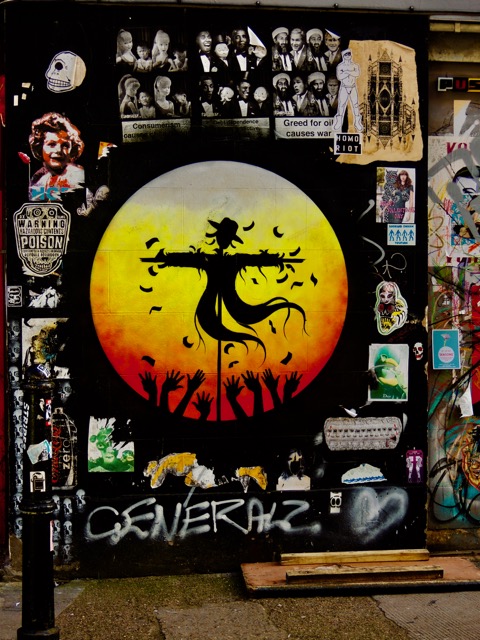 | |
| Artist | Shade |
|---|---|
| Location | Brick Lane |
| Caption | "" |
This style often uses bold outlines, graphics, and logos. Many times the meaning behind the work can have a dark reference. [56]
Super Pop
 | |
| Artist | Invader |
|---|---|
| Location | Shoreditch |
| Caption | "" |
When people describe super pop, it is known as slick, sharp and ultramodern. The references many times have to do with computer games, including virtual reality and the digital age. There can be repeated patters that use bright colors, and it tends to give simple shapes basic human features. [57]
Painters' Paint
 | |
| Artist | TBD' |
|---|---|
| Location | to find |
| Caption | "" |
When looking at these pieces of art it looks like there was a very strong emotional application of the paint, because of the abundance of drips, and colors bleed into one another. They use very large color field, and the pieces of work can look degraded or corroded even when they are first made. [58]
Recyclomaniacs
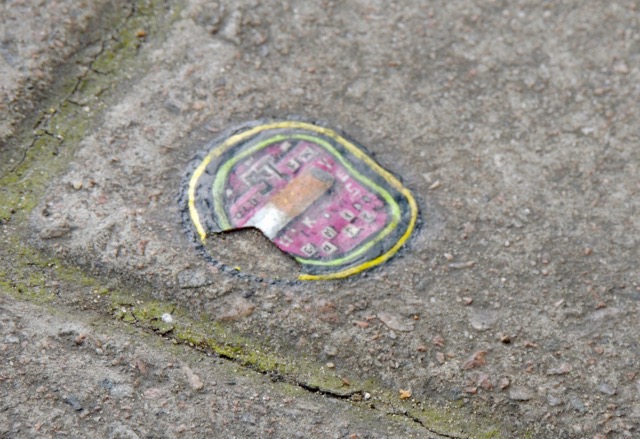 | |
| Artist | Ben Wilson |
|---|---|
| Location | Whitecross Street |
| Caption | "" |
The artists and work in this style are socially conscious and have a back to nature aspect to them. The materials they use are generally bio-degradable and craft-based. This style oftentimes brings our attention to street furniture that we would not notice otherwise. It will question the form and function of the objects that we regularly engage with.[59]
No Logo
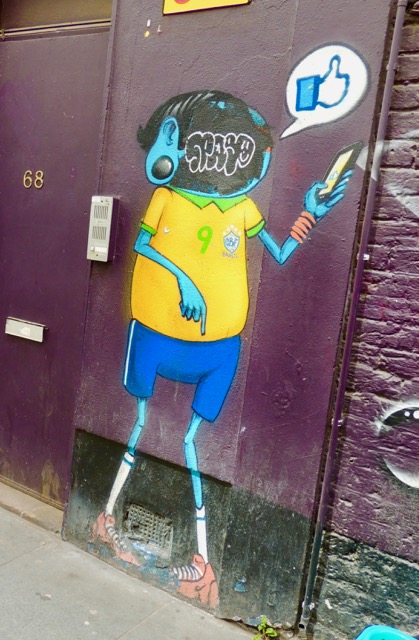 | |
| Artist | Cranio |
|---|---|
| Location | Shoreditch |
| Caption | "" |
In this style artists look for corporate locations that they can use for the "wrong" purpose. These works of art force us to think about our engagement with the world, and what consumerism is. The artists goal is to take back power from the authorities that impact our day to day lives.[60]
Conceptualism
 | |
| Artist | TBD |
|---|---|
| Location | to find |
| Caption | "" |
This style is when the artist is conscious of their own production, and the production of the work is also the subject of the work. This style shows what it means to make street art and graffiti and how it is judged. [61]
Featured Art
Artists
Here are the artists, in order, starting from the top left and working your way right.
1) Ben Wilson 2) Christen Magow 3) Noir 4) Ben Eine 5) A. Laurini 6) Conner 7) Discrete
8) Jimmy C. 9) Cranio 10) Pez 11) Stik 12) Banksy 13) Bambi 14) Unknown
15) Dal East 16) Gregos 17) Mighty Moe 18) Nathan Bum 19) Clamp Abraham 20) Jonsey 21) Lily Mixe
22) Ben Eine 23) Low Bros 24) Hacksell Void 25) Jimmy C 26) ZABOU 27) Rower 28) Hay T
29) ZABOU 30) Hay T 31) Unknown 32) Unknown 33) Unknown 34) Unknown 35) Unknown
36) Unknown 38) Unknown 39) Jimmy C. 40) Unknown 41) Amara 42) Unknown 42) Unknown
43) Dreph 44) Tom Blackford 45) Stephead 46) Unknown 47) Unknown 48) Pez 49) Vova and Zomb
50) Stik 51) Shade 52) Shok-1 53) Invader 54) ROA 55) Unknown 56) Discrete
57) Gregos 58) Unknown
Section 2: Deliverable: Banksy Inspired Pieces of Art
Street Art:
1. Create and draw a design on cardboard
2. Cut out with Xacto knife to create stencil
3. Hold stencil to wall
4. Spray paint
5. Dry and admire
But no way is it that simple. Here are our encounters while creating our very own small stenciled street art.
Emily's Underground Tag
I went to a graffiti workshop in order to learn more about the art of graffiti and the process behind it. At the workshop we learned how Banksy does his work, with a stencil, and then we made our own. The process for putting up a tag with graffiti is very quick and easy which is why it is commonly used, and Banksy was the one to make it famous. We started out with coming up with our tag, what we wanted our design to be. I wanted mine to be London related, and I kept thinking about the tube, and how while there are many different station names they all had the same logo. So I decided to make my tag the underground sign, with an interchangeable name spot. We were given paper, exacto knives, a pencil and eraser. From here I drew the outer circle and the name plate of my tag. You have to keep in mind the fact that you are going to cut out what you want to show up, and you have to leave "bridges" which is just the term for the paper in between sections that you are cutting. I had to have two bridges, on on each side of the circle, so that the name plate was still connected. The bridges were very important as they were the only thing that kept your design together, they were the support. I then cut out my two half circles and the name plate, making sure to cut out what I wanted to show up. The next step was to cut out what I wanted to put in the name plate. I did two, Emily and London HUA. I traced the size of the name plate and then made block letters for the two texts I was putting in and cut out the inside. This part was very difficult as it was very small, and some people's designs had even smaller details. After we finsihed our stencils we went out to the back of their property and they taught us the techniques of using a spray can.
The instructor told us how there are different size nozzles, which controls how much sprays out, and we were using a medium sized one, which would cover a decent amount of area and still be detailed. They also told us how far away the spray can should be away, if you are too close, and hold down on the nozzle for too long that is when you get drips. We started out by just using the can, without our stencils to get used to it. I wrote out my name, and it took me a couple tries to realize that I needed to shake the can more before using it. I was not shaking it enough so I was not getting a thick concise line, it was more spread out and faded. After getting used to the can we put up our stencils on the wall and I felt like Banksy. For my design I wanted to use three different colors, so it would be very similar to the underground signs you see at the station. In order to get the different colors I had to paint the outer circle first, let it dry, then line up the stencil again and paint the white name tag portion. After that dried I could put up what text i wanted to use and spray that in. It is very important to let the paint dry, if you do not wait long enough when you put your stencil back up it will stick to what you previously had painted, smudging what you have on the wall. If I were to do it over again I would have put my two different texts on different pieces of paper as the spray paint traveled, probably because I did not shake the can enough, and you can kind of see an outline of the other text on one of my tags.
Banksy does it on a larger scale and with much more detail, and experiencing it for myself makes his work seem even more impressive. We had about an hour to do this workshop, and if a street artist does not have permission for their work they have under 20 min to complete it. That is not an easy task, yet their work comes out beautifully. Below are pictures of the process thoughtout the day, in true graffiti fashion moments after I finished my tag, someone came by and put there tag over it. While it was a little dissapointing, it shows that it was true street art, I had no control over it.
London by Olivia Gibbs
I had come into the workshop with an idea of creating something London themed as a remembrance of where I learned street art but after seeing and learning about all the different types of street art from the tours, it inspired my final design. We were taught the stencil method, which can be seen in Banksy’s street art. Stencil is a preferred method since it allows the artist to create a large piece in a short time framed so they are not caught. Within stenciling there are different techniques too, from complete to over lay. Complete stenciling is simply having one stencil that has all the details of the artwork with little arches connecting it all. Over lay is when multiple stencils are made, each one focusing on a different detail. For example, the one they showed us was a face. So the first layer was the outline of the head, then the eyes and mouth was on a second stencil you lay on top and a third layer was for line marks for texture. I choose to create an overlay since I had three sections to my piece. The first (bottom) layer is of the London skyline. This layer was hard to cut out with the x-acto knife because of the tiny detail, never the less I had made it. The second layer was the underground symbol. And the top layer was a simple OG (my initials) to mark my art. The face example that was shown at the beginning of the workshop seemed easy, but as I sketched out in pencil first and then began to cut away at my cardboard stencil it was hard. It messed with my head, trying to figure out what was supposed to be cut out and what was to remain. Stenciling is all about the positive and negative space, and is opposite of what one usually works with since you are cutting away at it. I learned the hard, and did the London skyline backwards by mistake, but was still able to make it work. After the three stencils were made, we learned the techniques for spray painting.
First and foremost, when you place the cap on the spray can never push down on it, always spin the cap on as it is a pressurized can and might explode with extra force on top. Then shake the can to hear the metal ball inside, the louder the ball the emptier the can is. To create a tag, most seen in graffiti you hold the can to face the wall and press down on the cap. The closer you are to the wall the sharper and thinner the line is painted. So when the can is further from the wall, the wider and lighter the paint is sprayed. After experimenting with my own hashtags on the wall, I started to experiment with color and my stencil.
I first held up my London skyline stencil and used grey, silver or white to spray around the stencil. I add on top of that stencil (once it was dried) my London tube symbol and sprayed the outer circle with red and the middle line with blue to mimic the London tube symbol. This layer took the longest to dry at it had the most paint. After a few minutes I put on top my third stencil, my initials and sprayed with black, silver or white. The last layer is the one seen on top so my initials should be the most prominent. However, I learned the smaller the detail the harder it is to get the crisp lines. And you only need to hold down the spray paint for a few seconds at most or else the paint pools and drips. My favorite color combination I made was with the black background which allows my stencil to stand out. This is opposite to Banksy’s “Guard Dog” which we saw on the tour and is a white wall with a black stencil. Both are bold but simple.
I learned it is crucial for your stencil to be held tightly against the wall so no curves allow paint to slip through layers, make sur each layer is completely dry before doing the next one, and to keep moving the paint so it doesn’t pool. The rougher the surface, in our case the canvas bags, the harder it is to stencil on.
Street art looks amazing, but is a lot harder than it looks. So next time I see a Banksy or any other street art, especially those that are free handed I give them way more credit. I struggled with a small twelve-inch stencil in a safe location and no time limit, never mind huge 10 foot illegal buildings in under twenty minutes.
Conclusion
In this section, provide a summary or recap of your work, as well as potential areas of further inquiry (for yourself, future students, or other researchers).
Attribution of Work
Olivia Gibbs....
Emily Wilson ......
External Links
If appropriate, add an external links section
References
- ↑ Young, A. (2016). Street art world. London, UK: Reaktion Books.
- ↑ Malt, F. S. (2016). Street art london. Place of publication not identified: Dokument Press
- ↑ Young, A. (2016). Street art world. London, UK: Reaktion Books.
- ↑ Bofkin, L. (2014). Concrete canvas: how street art is changing the way our cities look. London: Cassell Illustrated.
- ↑ Bofkin, L. (2014). Concrete canvas: how street art is changing the way our cities look. London: Cassell Illustrated.
- ↑ Bofkin, L. (2014). Concrete canvas: how street art is changing the way our cities look. London: Cassell Illustrated.
- ↑ Bofkin, L. (2014). Concrete canvas: how street art is changing the way our cities look. London: Cassell Illustrated.
- ↑ Bofkin, L. (2014). Concrete canvas: how street art is changing the way our cities look. London: Cassell Illustrated.
- ↑ Bofkin, L. (2014). Concrete canvas: how street art is changing the way our cities look. London: Cassell Illustrated.
- ↑ Bofkin, L. (2014). Concrete canvas: how street art is changing the way our cities look. London: Cassell Illustrated.
- ↑ Bofkin, L. (2014). Concrete canvas: how street art is changing the way our cities look. London: Cassell Illustrated.
- ↑ Bofkin, L. (2014). Concrete canvas: how street art is changing the way our cities look. London: Cassell Illustrated.
- ↑ Bofkin, L. (2014). Concrete canvas: how street art is changing the way our cities look. London: Cassell Illustrated.
- ↑ Bofkin, L. (2014). Concrete canvas: how street art is changing the way our cities look. London: Cassell Illustrated.
- ↑ Ilfeld, E. J. (2012). Beyond contemporary art. London: Vivays Publishing.
- ↑ Bofkin, L. (2014). Concrete canvas: how street art is changing the way our cities look. London: Cassell Illustrated.
- ↑ Banksy, R., Banksy, R., & Banksy, R. (2005). Bansky: wall and piece. London: The Random House Group Limited.
- ↑ Malt, F. S. (2016). Street art london. Place of publication not identified: Dokument Press
- ↑ Backstory: A London scene set by guerilla art; All around the city, street artists are stopping people in their tracks ... and thoughts. (2007, January 9). The Christian Science Monitor.
- ↑ Lewisohn, C. (2011). Abstract graffiti. London: Merrell .
- ↑ Bofkin, L. (2014). Concrete canvas: how street art is changing the way our cities look. London: Cassell Illustrated.
- ↑ Bofkin, L. (2014). Concrete canvas: how street art is changing the way our cities look. London: Cassell Illustrated.
- ↑ Bofkin, L. (2014). Concrete canvas: how street art is changing the way our cities look. London: Cassell Illustrated.
- ↑ Schacter, R. (2013). The World Atlas of Street Art and Graffiti. Kensington, NSW: New South Books.
- ↑ Young, A. (2016). Street art world. London, UK: Reaktion Books.
- ↑ Backstory: A London scene set by guerilla art; All around the city, street artists are stopping people in their tracks ... and thoughts. (2007, January 9). The Christian Science Monitor.
- ↑ Backstory: A London scene set by guerilla art; All around the city, street artists are stopping people in their tracks ... and thoughts. (2007, January 9). The Christian Science Monitor.
- ↑ Backstory: A London scene set by guerilla art; All around the city, street artists are stopping people in their tracks ... and thoughts. (2007, January 9). The Christian Science Monitor.
- ↑ Backstory: A London scene set by guerilla art; All around the city, street artists are stopping people in their tracks ... and thoughts. (2007, January 9). The Christian Science Monitor.
- ↑ Malt, F. S. (2016). Street art london. Place of publication not identified: Dokument Press.
- ↑ Young, A. (2016). Street art world. London, UK: Reaktion Books.
- ↑ Young, A. (2016). Street art world. London, UK: Reaktion Books.
- ↑ Young, A. (2016). Street art world. London, UK: Reaktion Books.
- ↑ Street art: painting the city: London, Paris, Madrid. (2008). London: Tate Media.
- ↑ Bofkin, L. (2014). Concrete canvas: how street art is changing the way our cities look. London: Cassell Illustrated.
- ↑ Bofkin, L. (2014). Concrete canvas: how street art is changing the way our cities look. London: Cassell Illustrated.
- ↑ Bofkin, L. (2014). Concrete canvas: how street art is changing the way our cities look. London: Cassell Illustrated.
- ↑ Malt, F. S. (2016). Street art london. Place of publication not identified: Dokument Press
- ↑ Young, A. (2016). Street art world. London, UK: Reaktion Books.
- ↑ Malt, F. S. (2016). Street art london. Place of publication not identified: Dokument Press
- ↑ Young, A. (2016). Street art world. London, UK: Reaktion Books.
- ↑ Alex, Strawberry Tours, Street Art Tour, Brick Lane. 21 May. 2017. Tour.
- ↑ Street art: painting the city: London, Paris, Madrid. (2008). London: Tate Media.
- ↑ Malt, F. S. (2016). Street art london. Place of publication not identified: Dokument Press
- ↑ Young, A. (2016). Street art world. London, UK: Reaktion Books.
- ↑ Young, A. (2016). Street art world. London, UK: Reaktion Books.
- ↑ Emily, Alternative Tours London, Street Art Tour and Workshop, Shoreditch. 20 May. 2017. Tour.
- ↑ Bofkin, L. (2014). Concrete canvas: how street art is changing the way our cities look. London: Cassell Illustrated.
- ↑ Malt, F. S. (2016). Street art london. Place of publication not identified: Dokument Press
- ↑ Malt, F. S. (2016). Street art london. Place of publication not identified: Dokument Press
- ↑ Malt, F. S. (2016). Street art london. Place of publication not identified: Dokument Press
- ↑ Lewisohn, C. (2011). Abstract graffiti. London: Merrell .
- ↑ Lewisohn, C. (2011). Abstract graffiti. London: Merrell .
- ↑ Bofkin, L. (2014). Concrete canvas: how street art is changing the way our cities look. London: Cassell Illustrated.
- ↑ Lewisohn, C. (2011). Abstract graffiti. London: Merrell .
- ↑ Lewisohn, C. (2011). Abstract graffiti. London: Merrell .
- ↑ Lewisohn, C. (2011). Abstract graffiti. London: Merrell .
- ↑ Lewisohn, C. (2011). Abstract graffiti. London: Merrell .
- ↑ Lewisohn, C. (2011). Abstract graffiti. London: Merrell .
- ↑ Lewisohn, C. (2011). Abstract graffiti. London: Merrell .
- ↑ Lewisohn, C. (2011). Abstract graffiti. London: Merrell .
